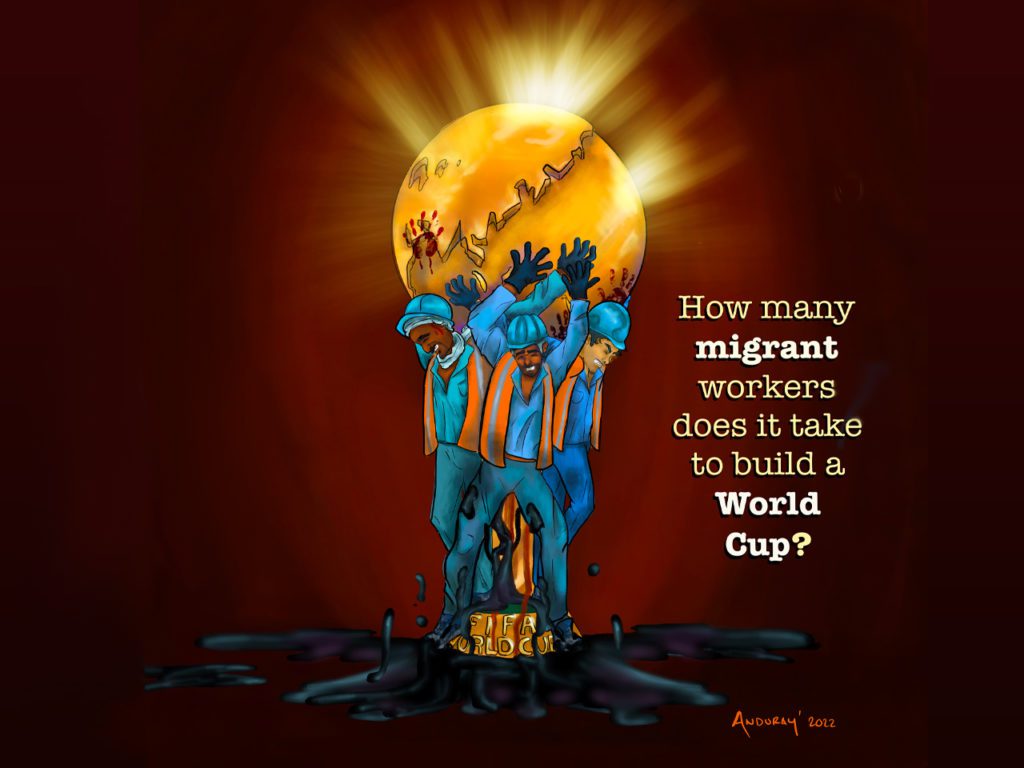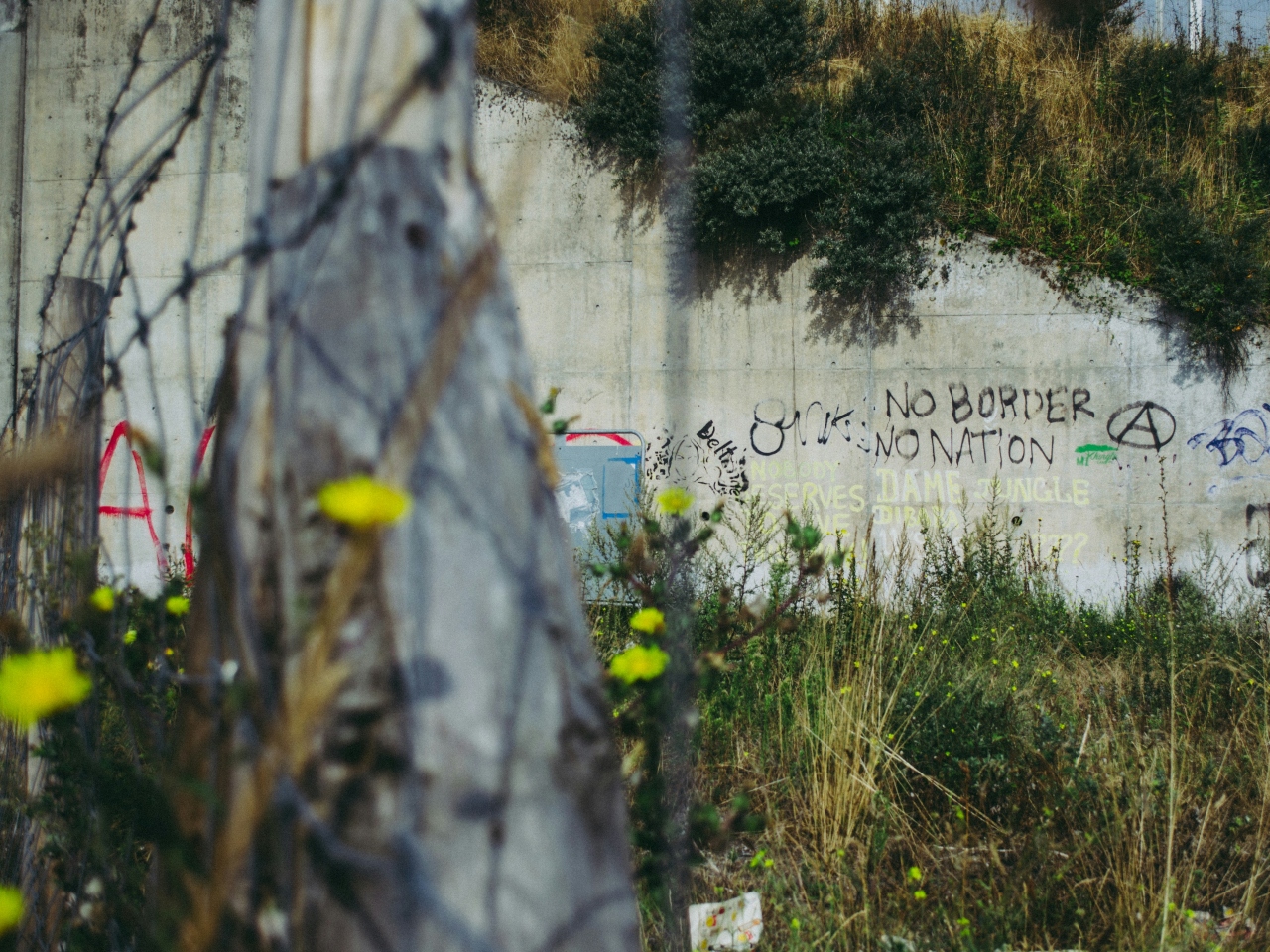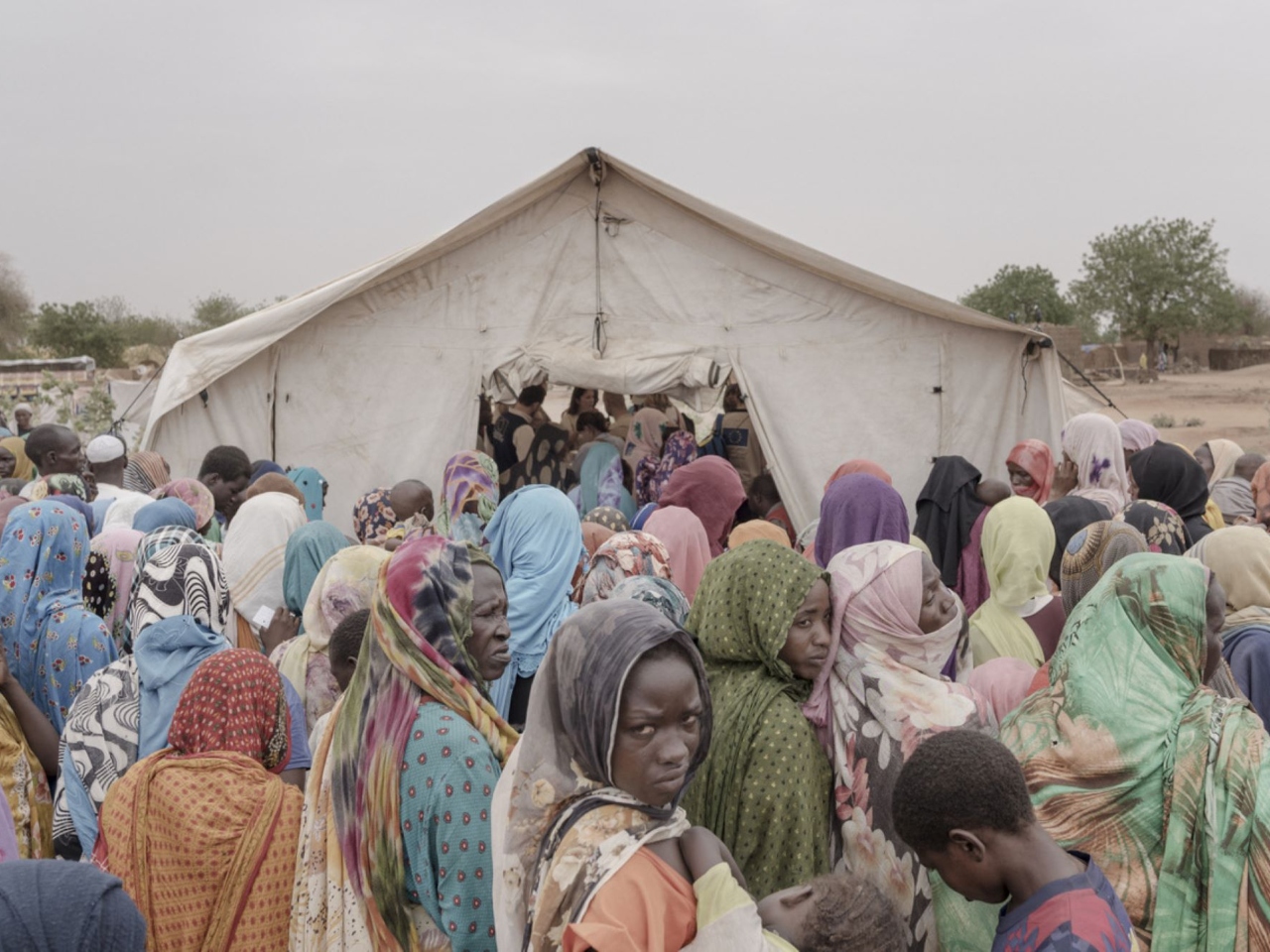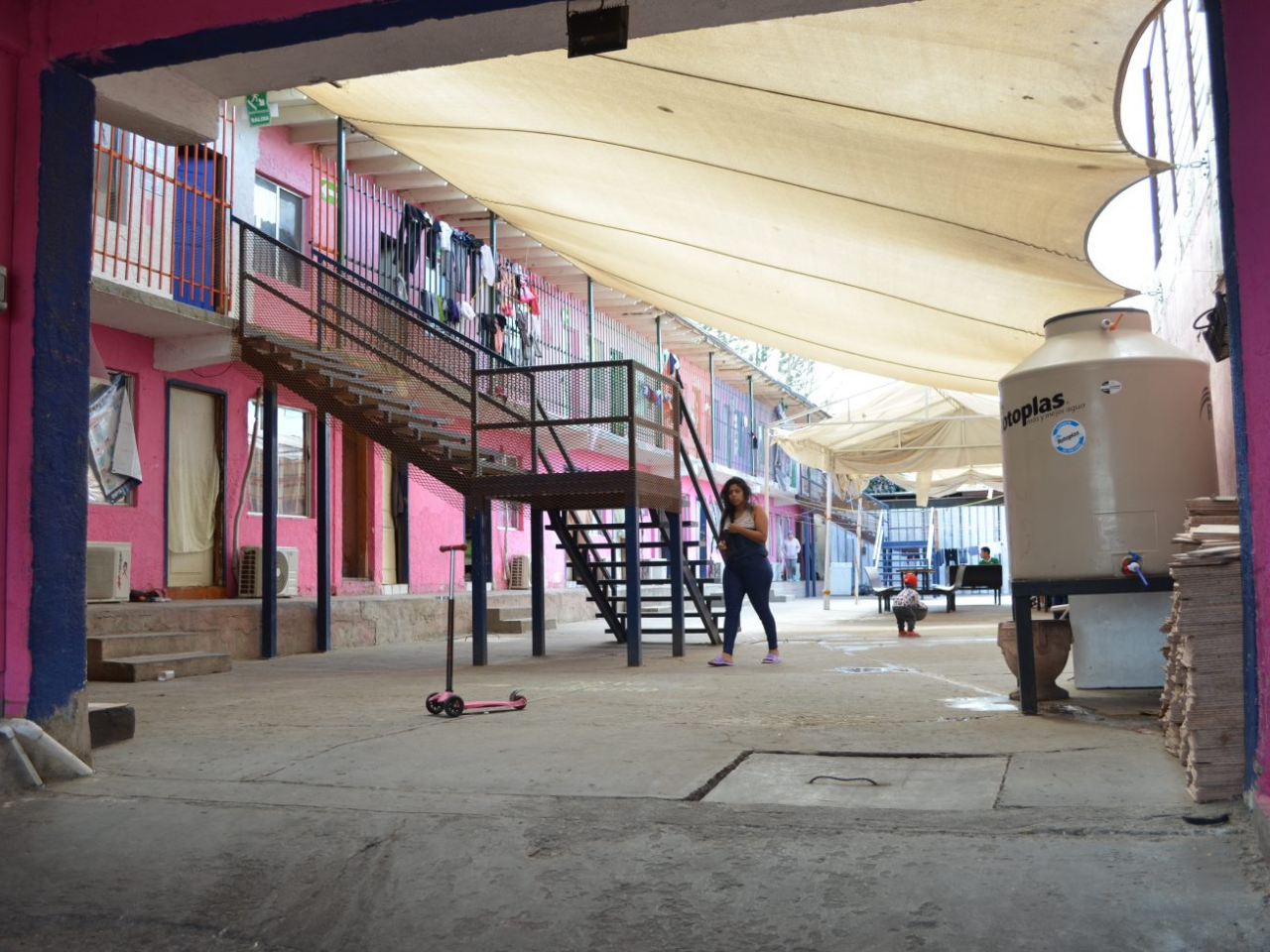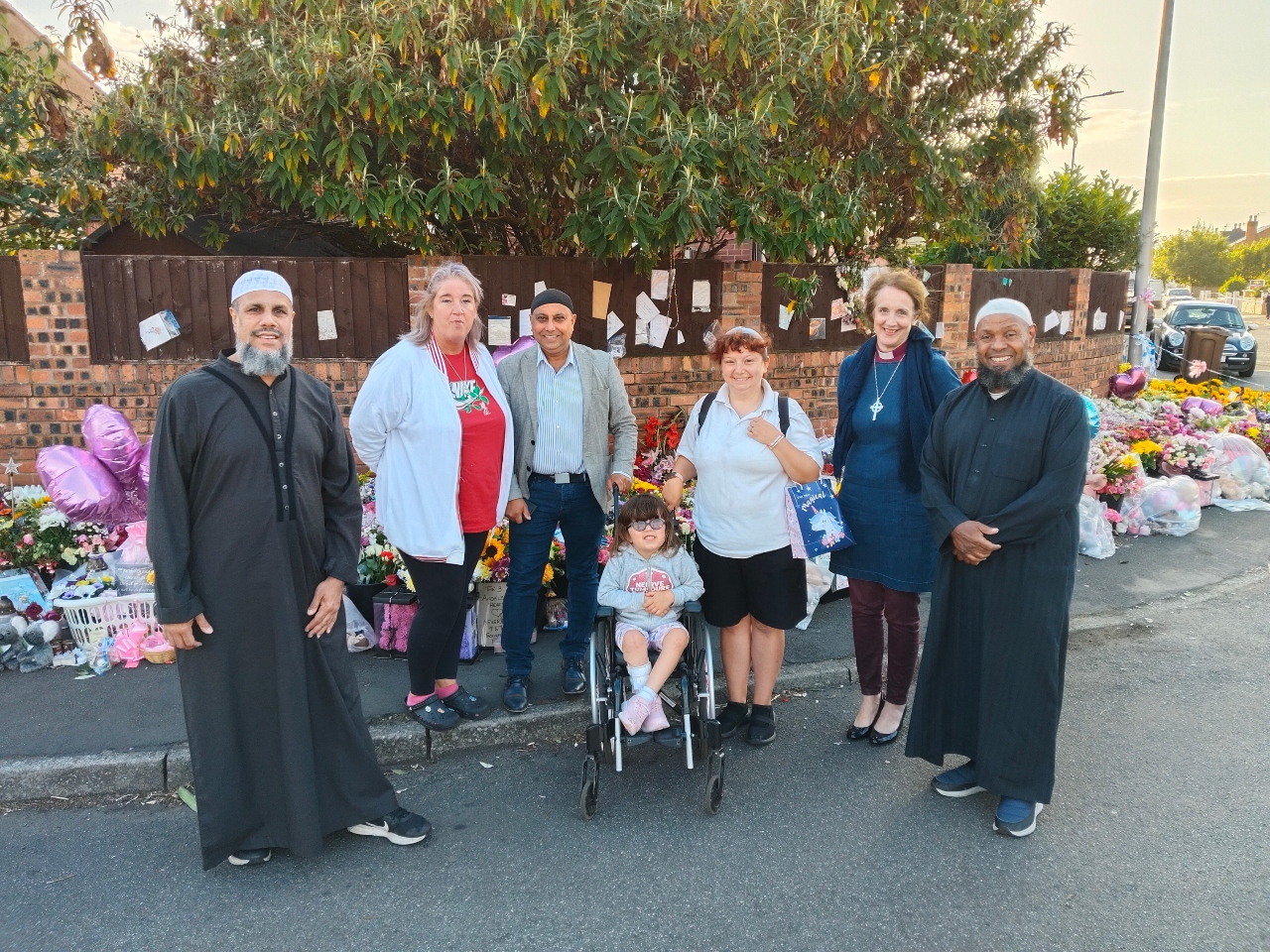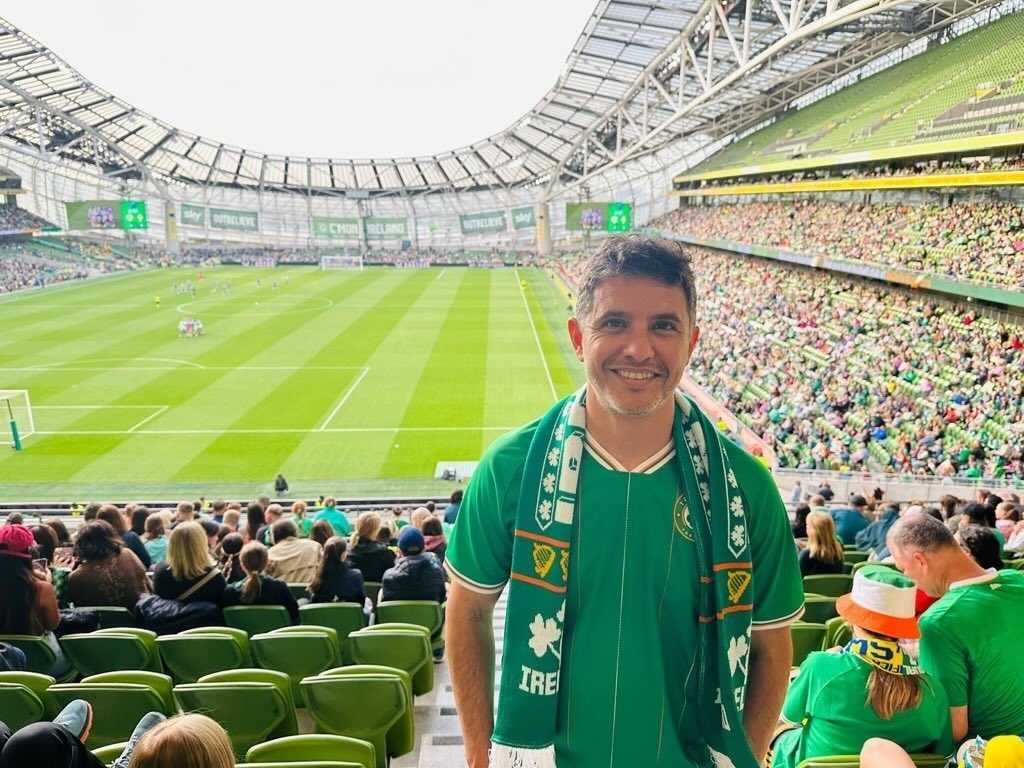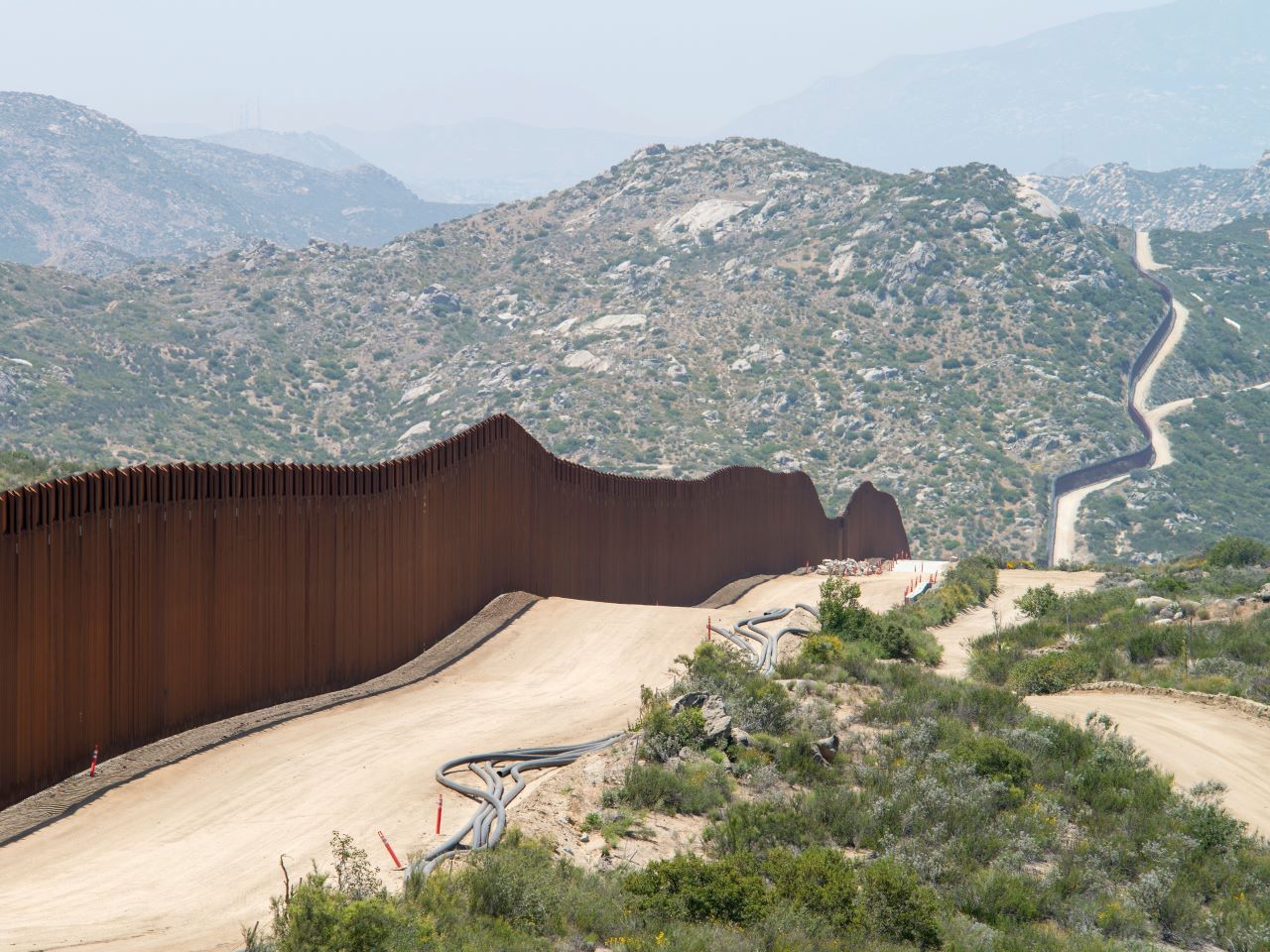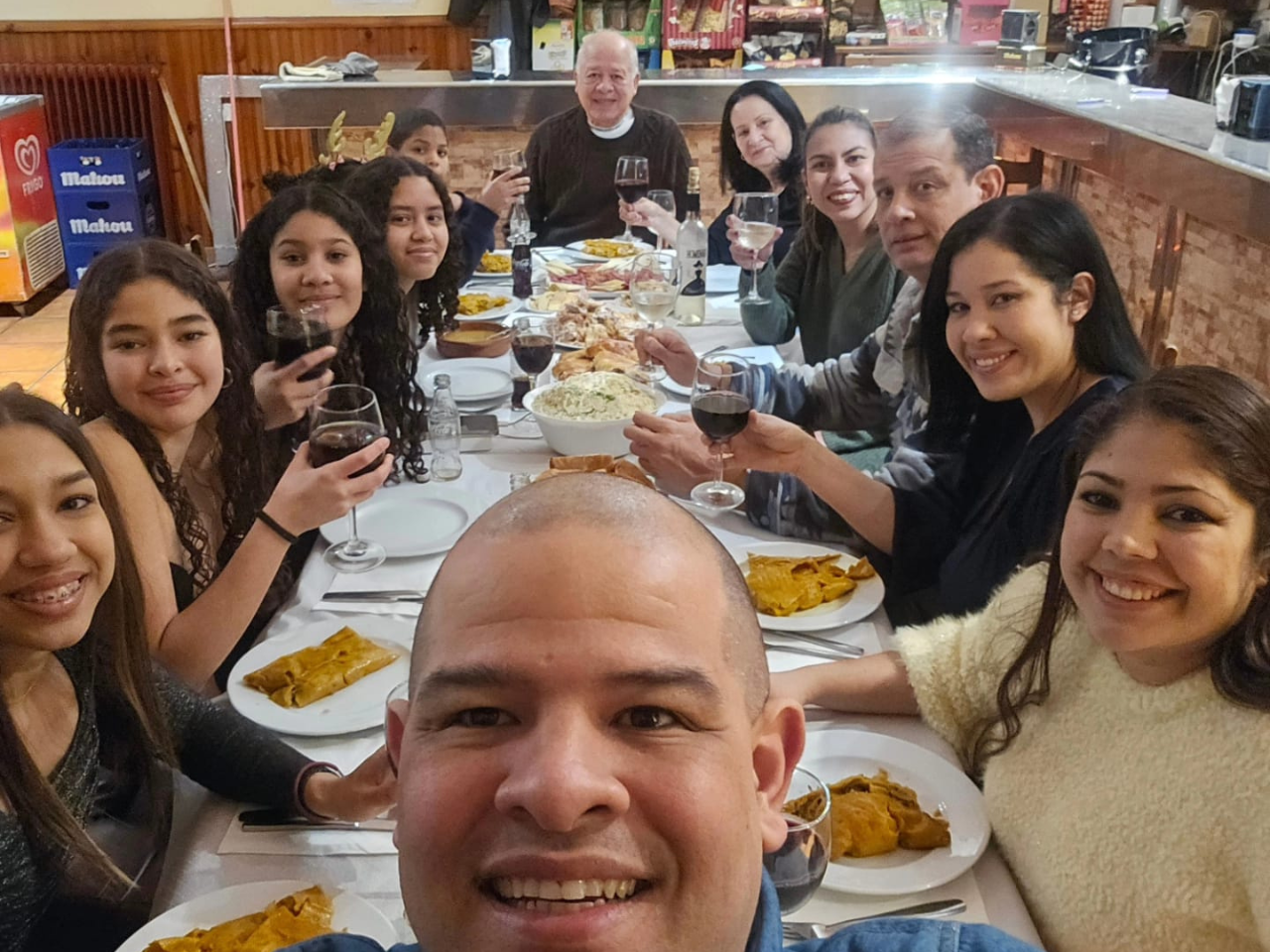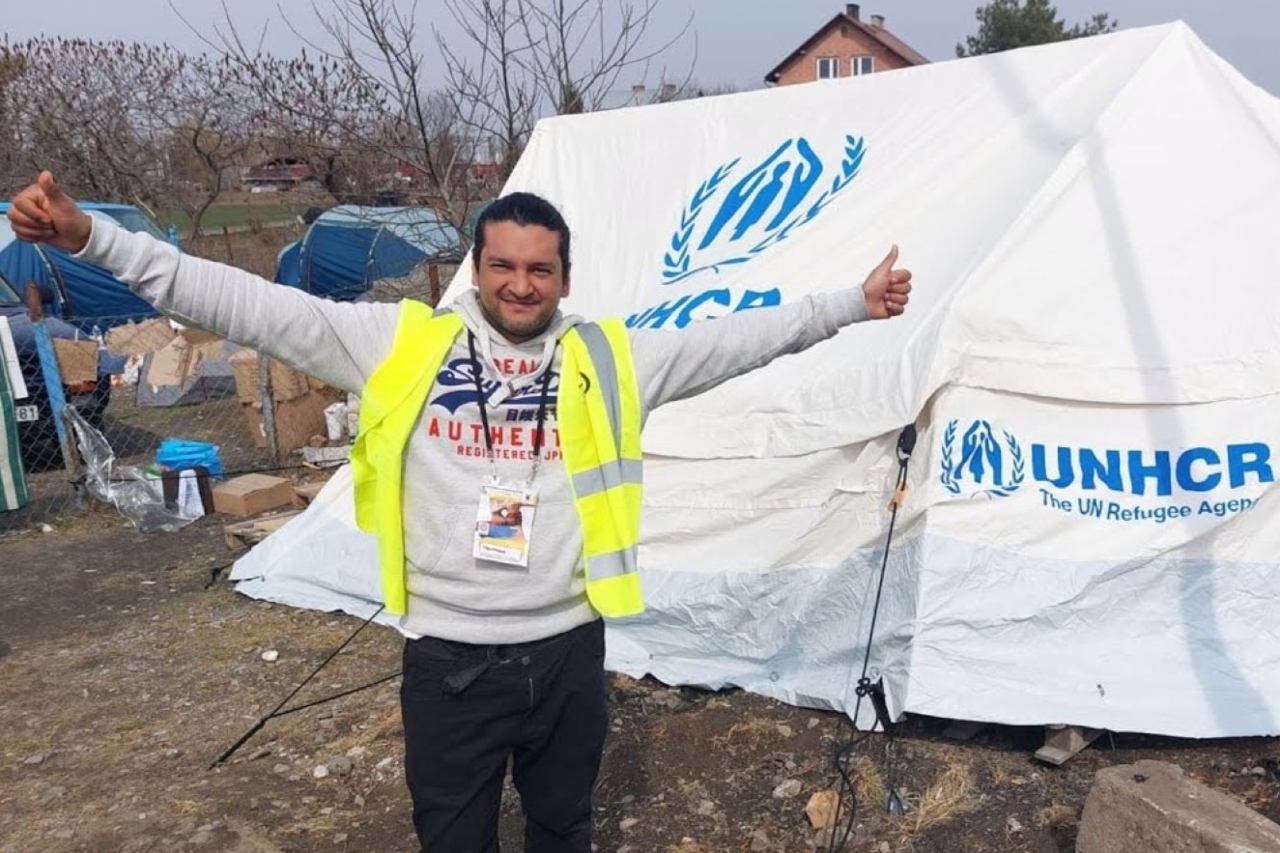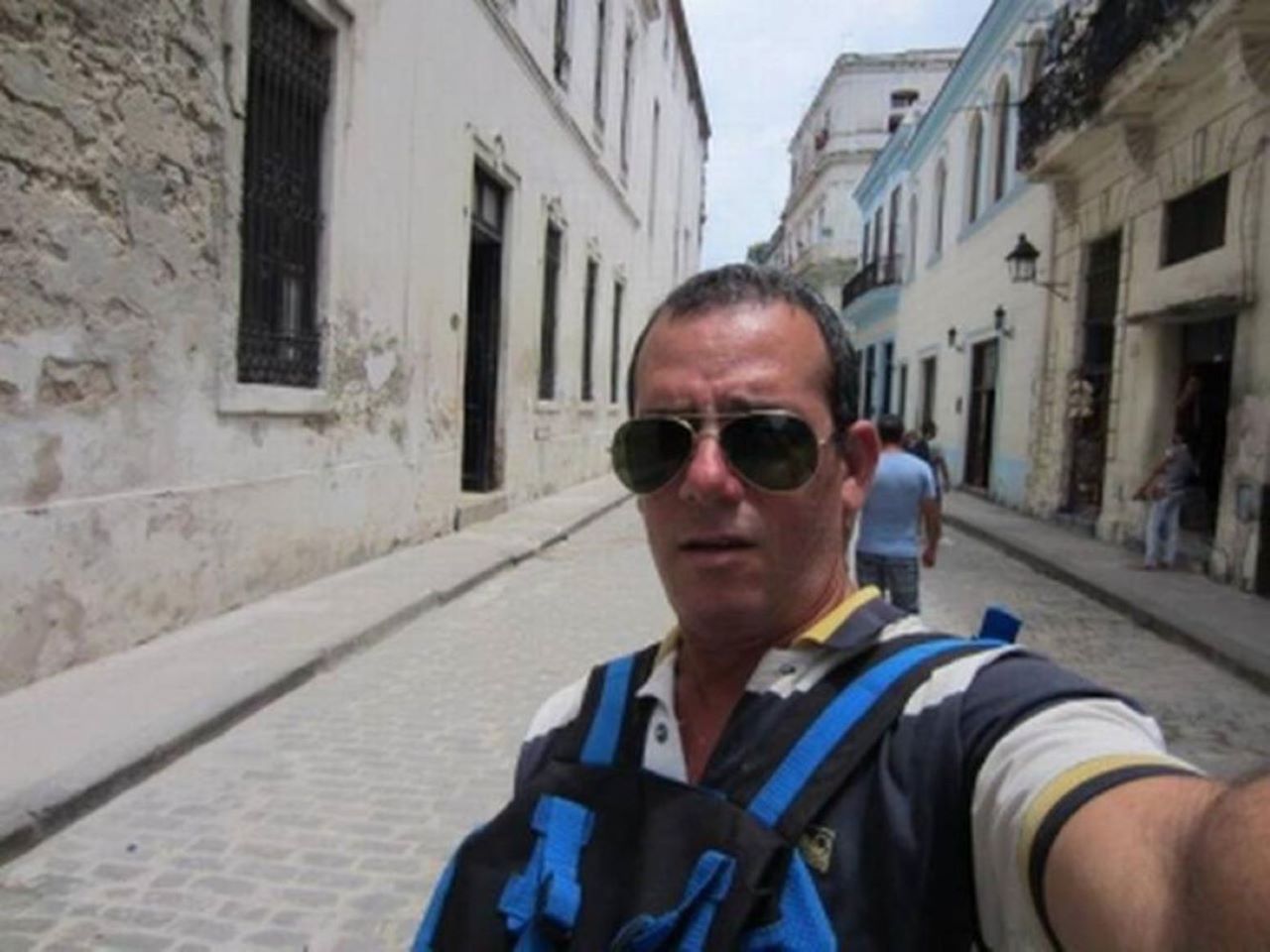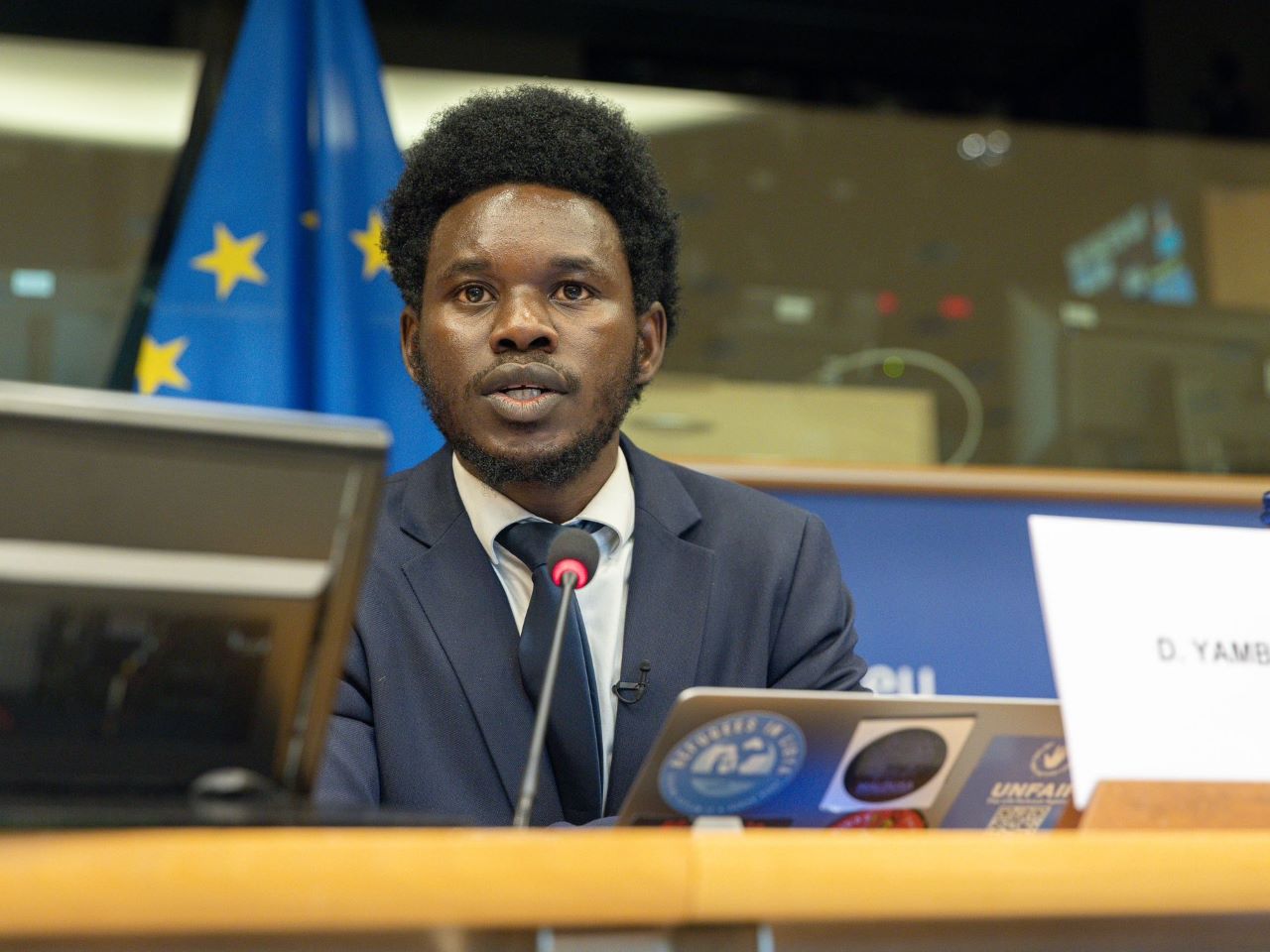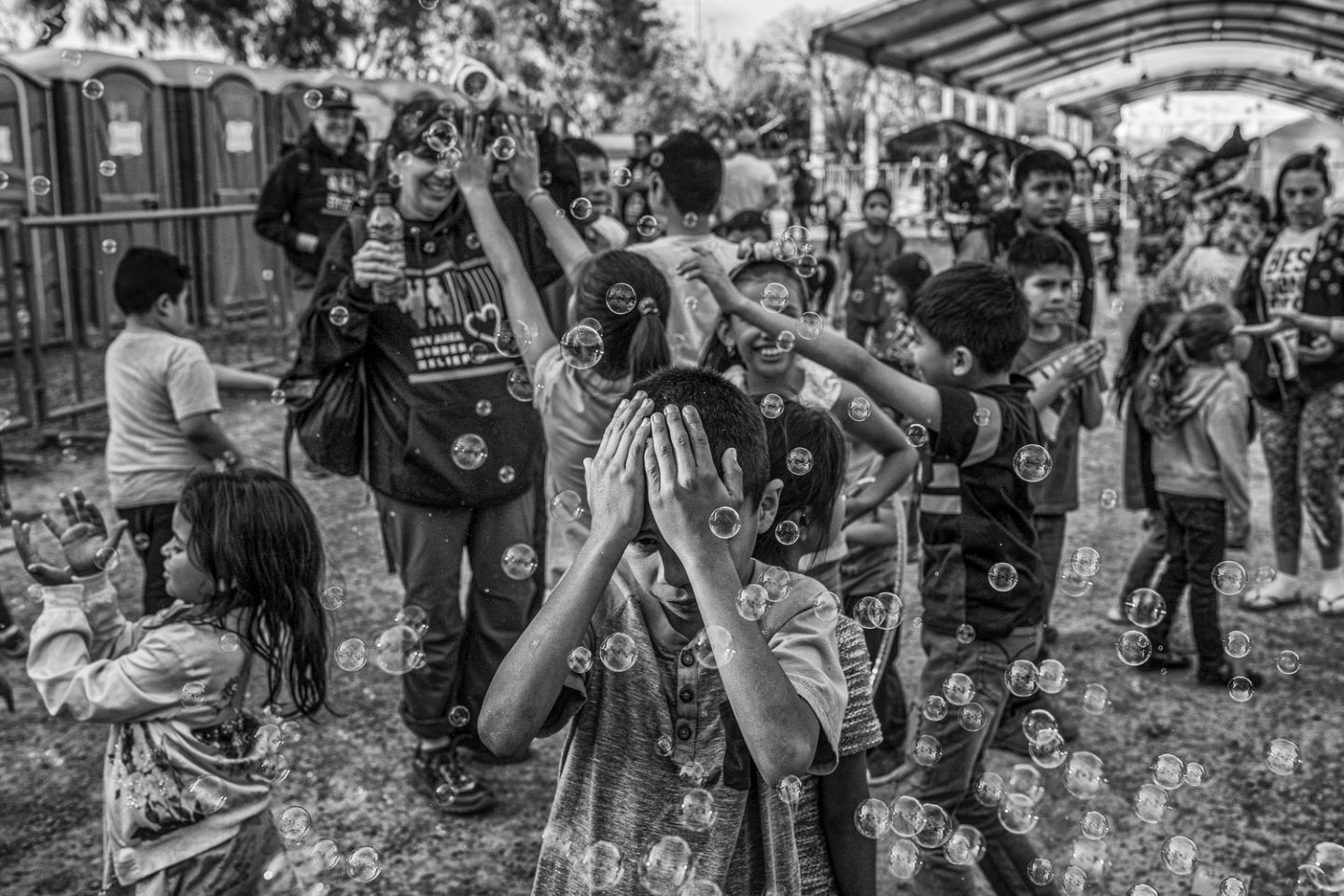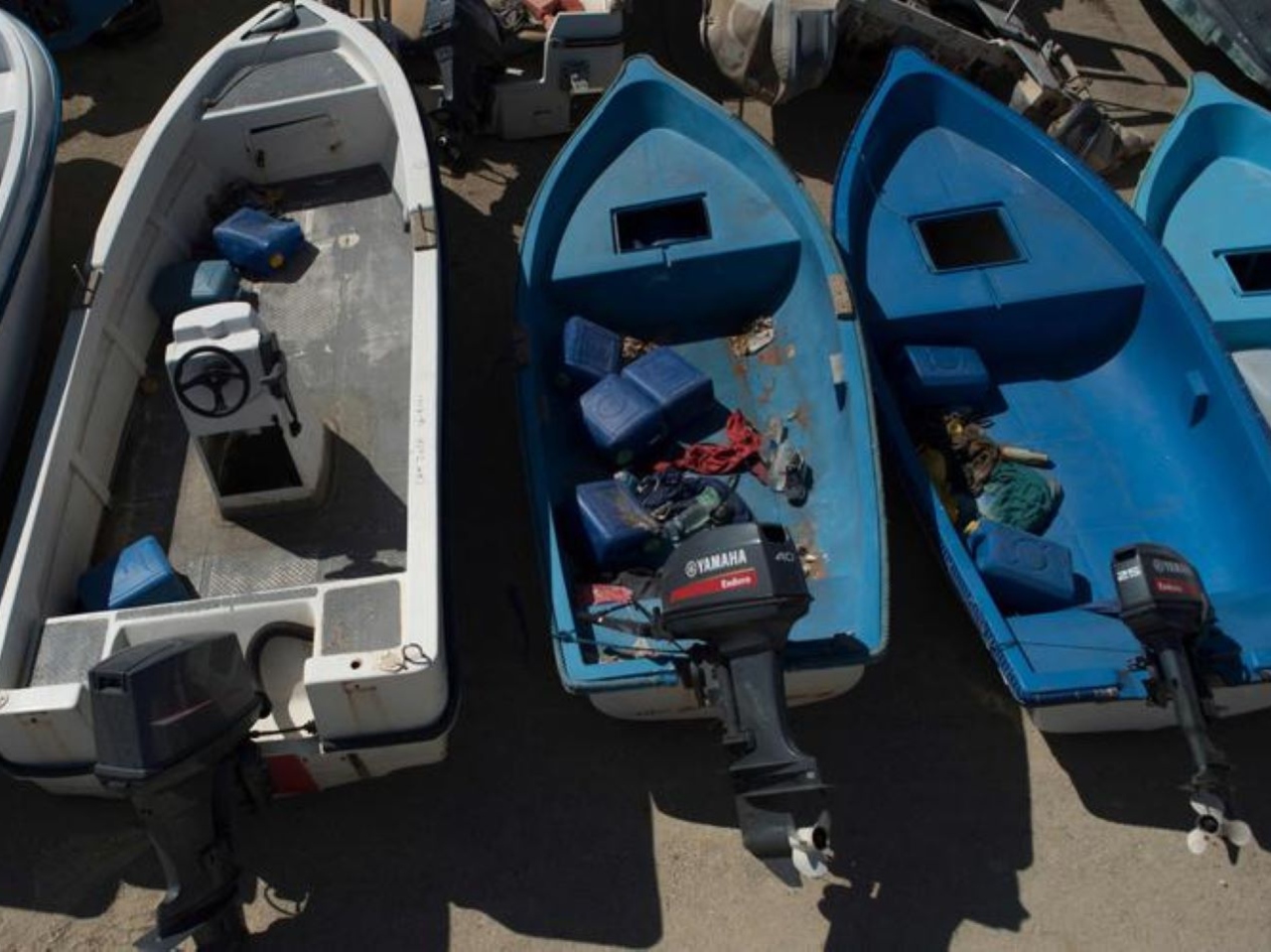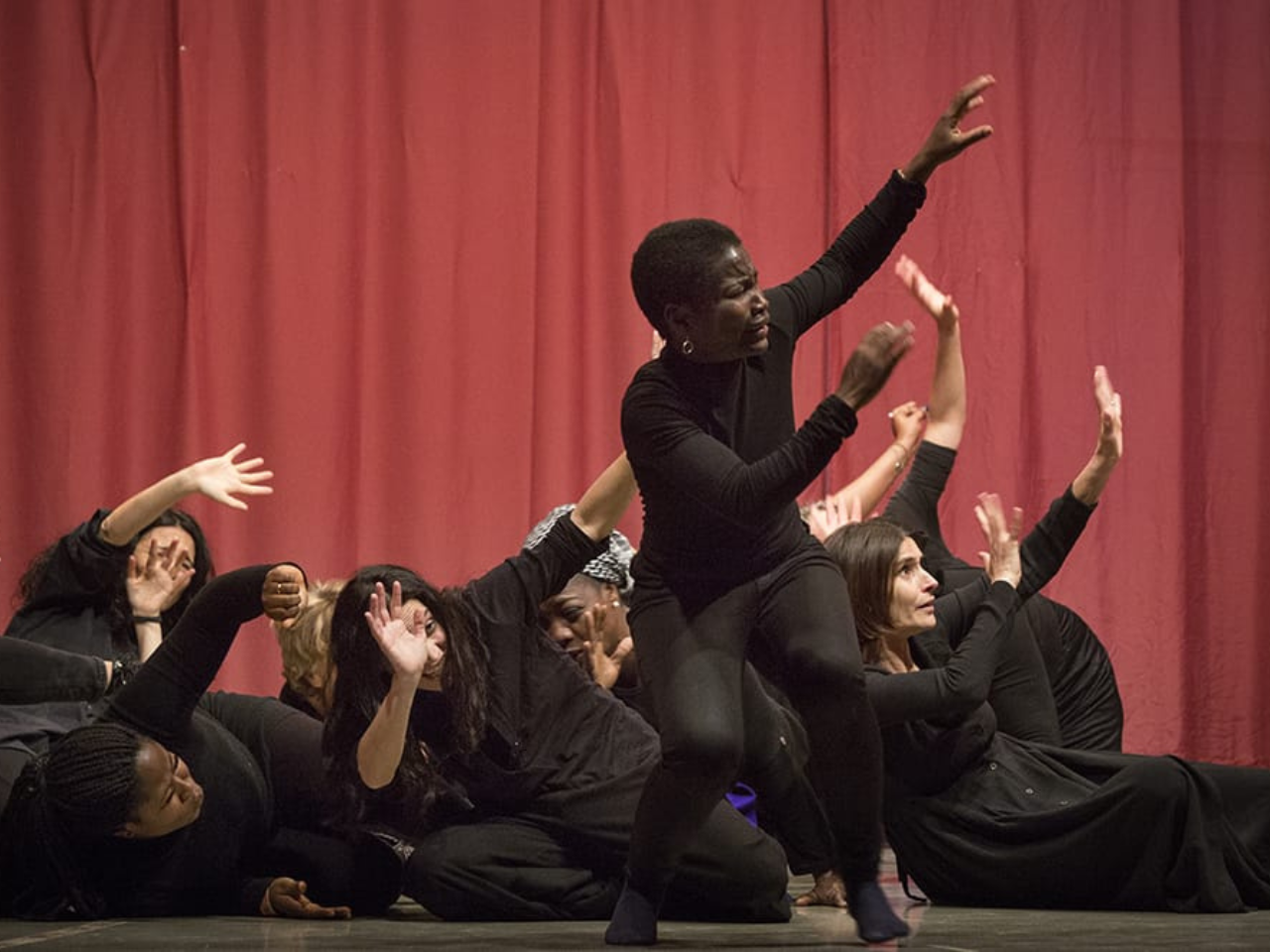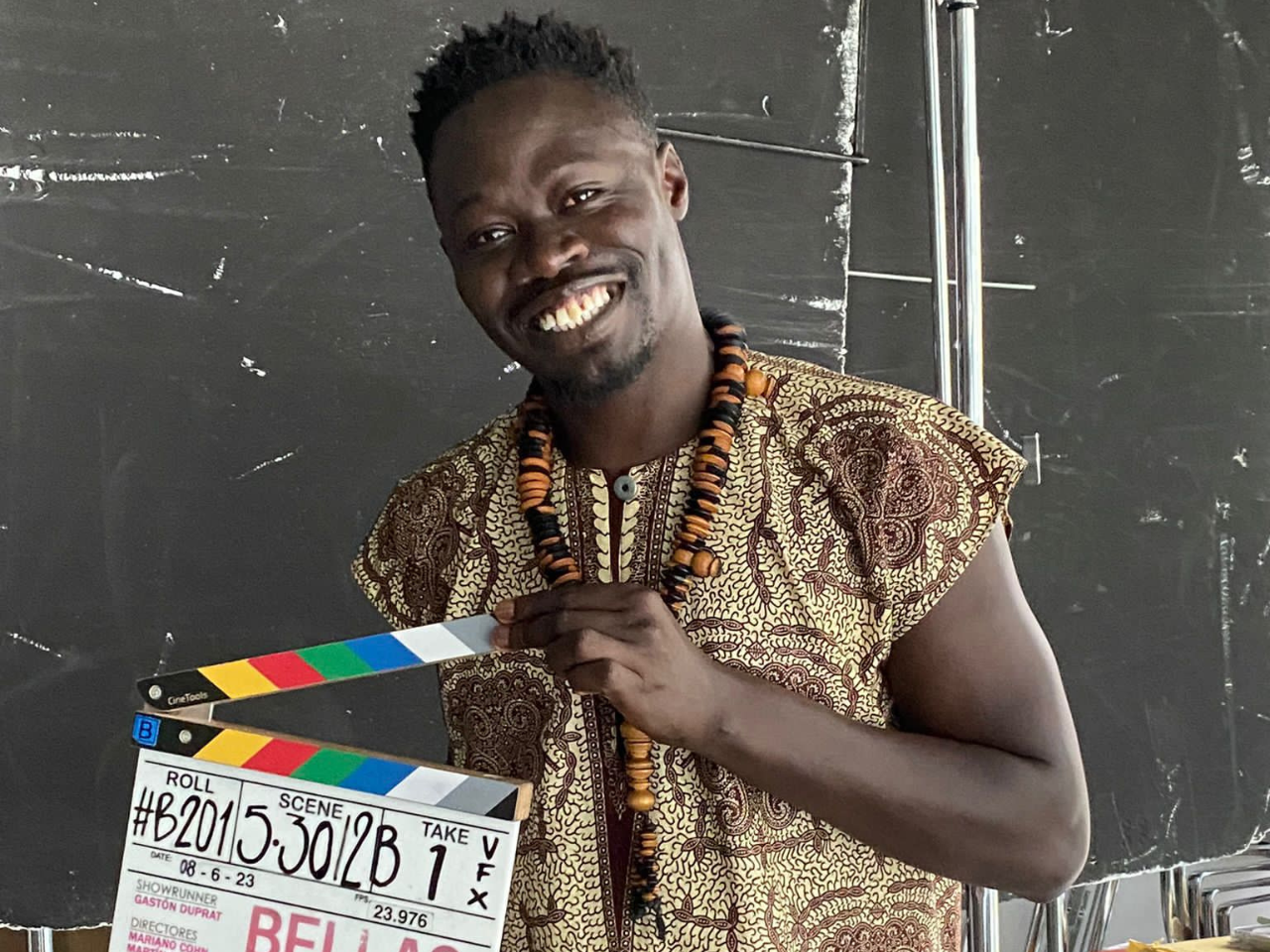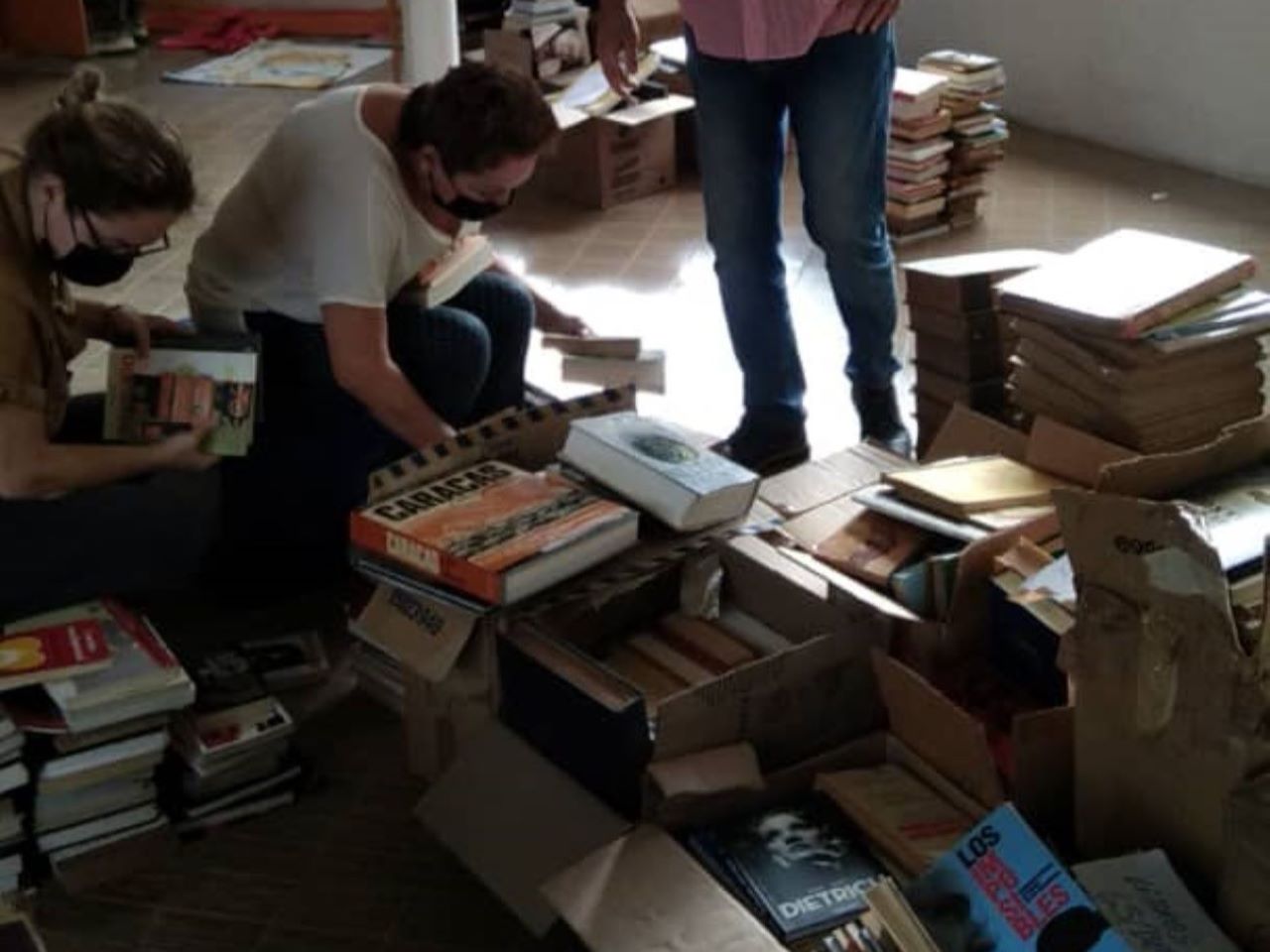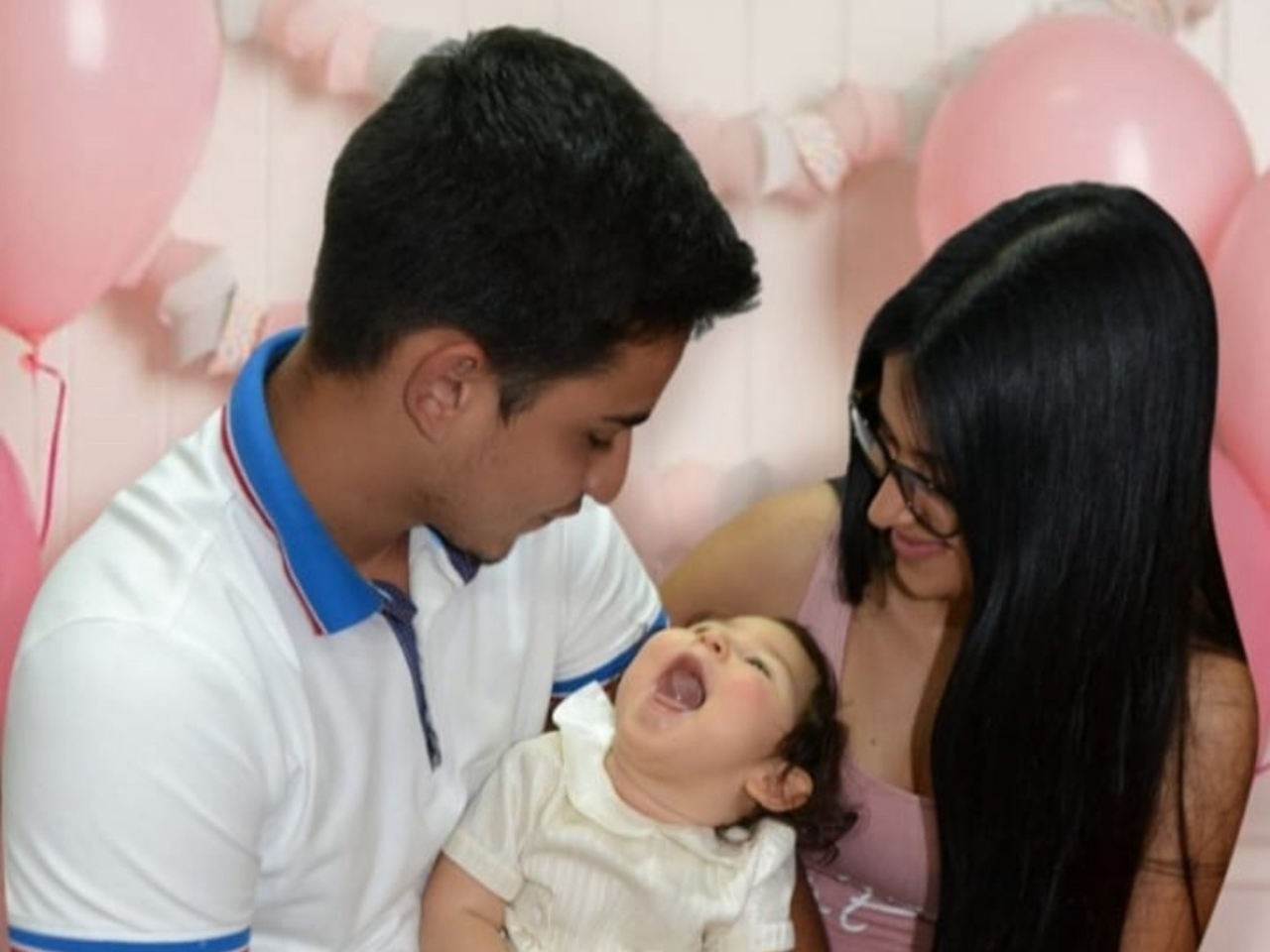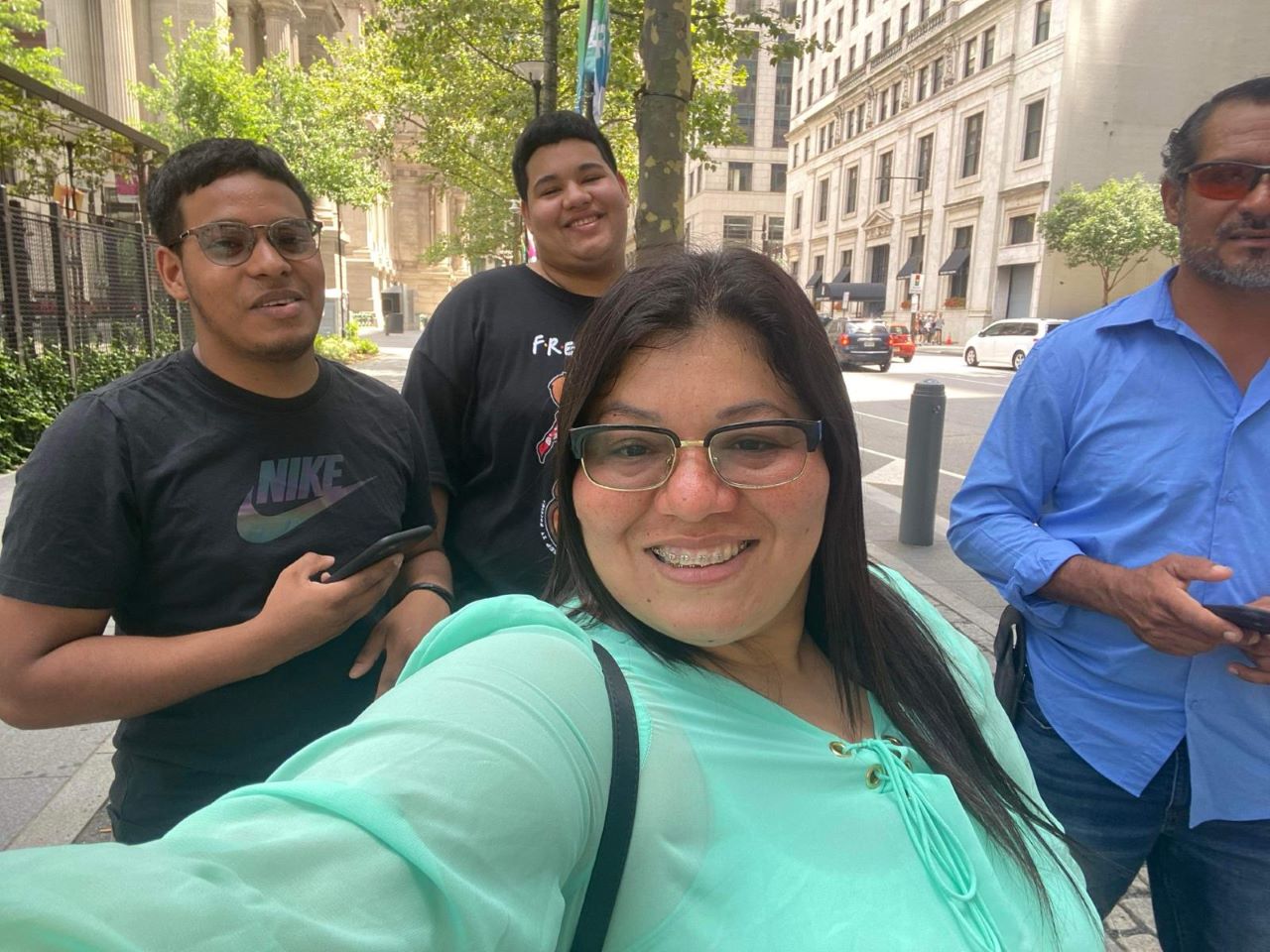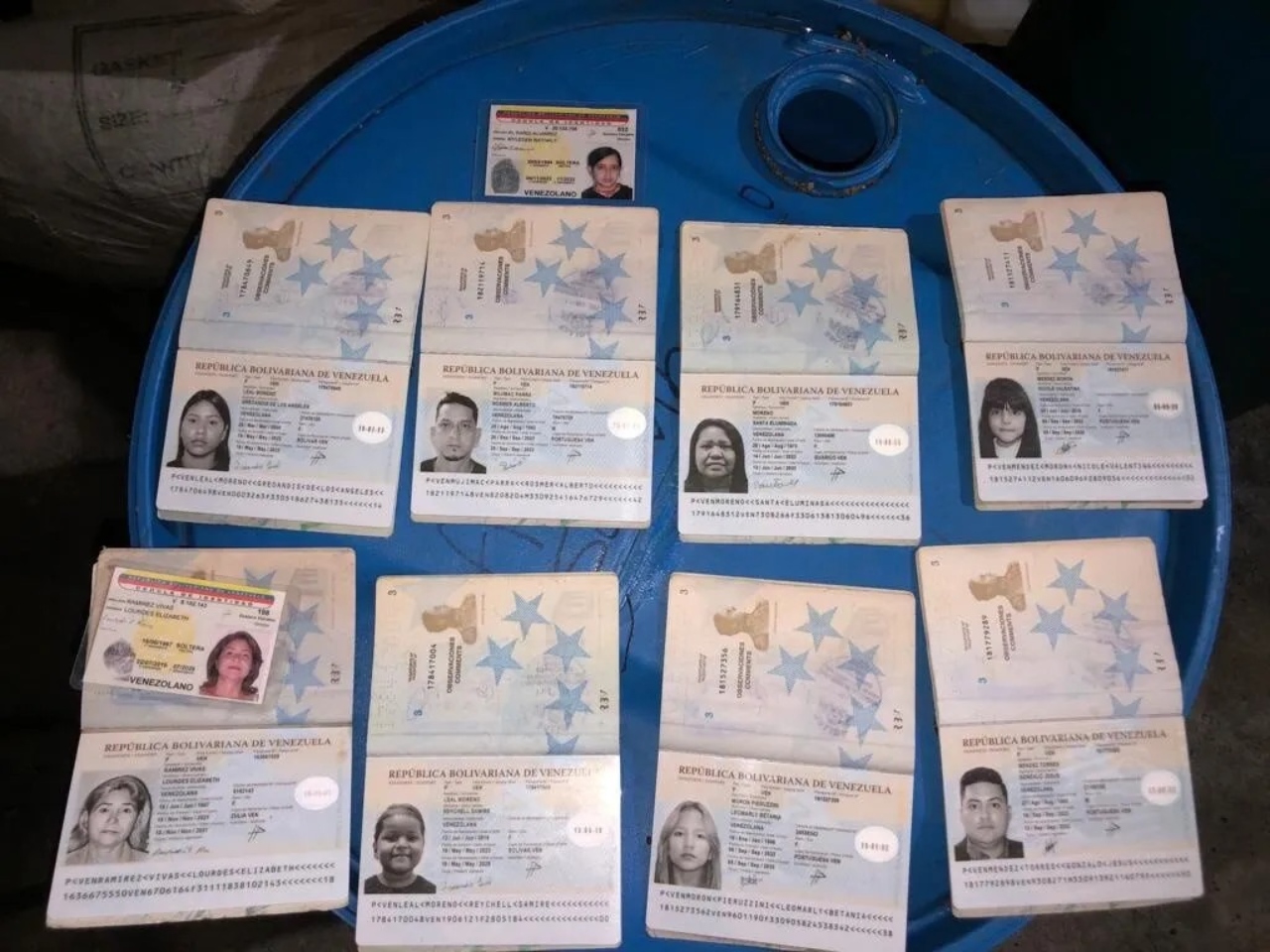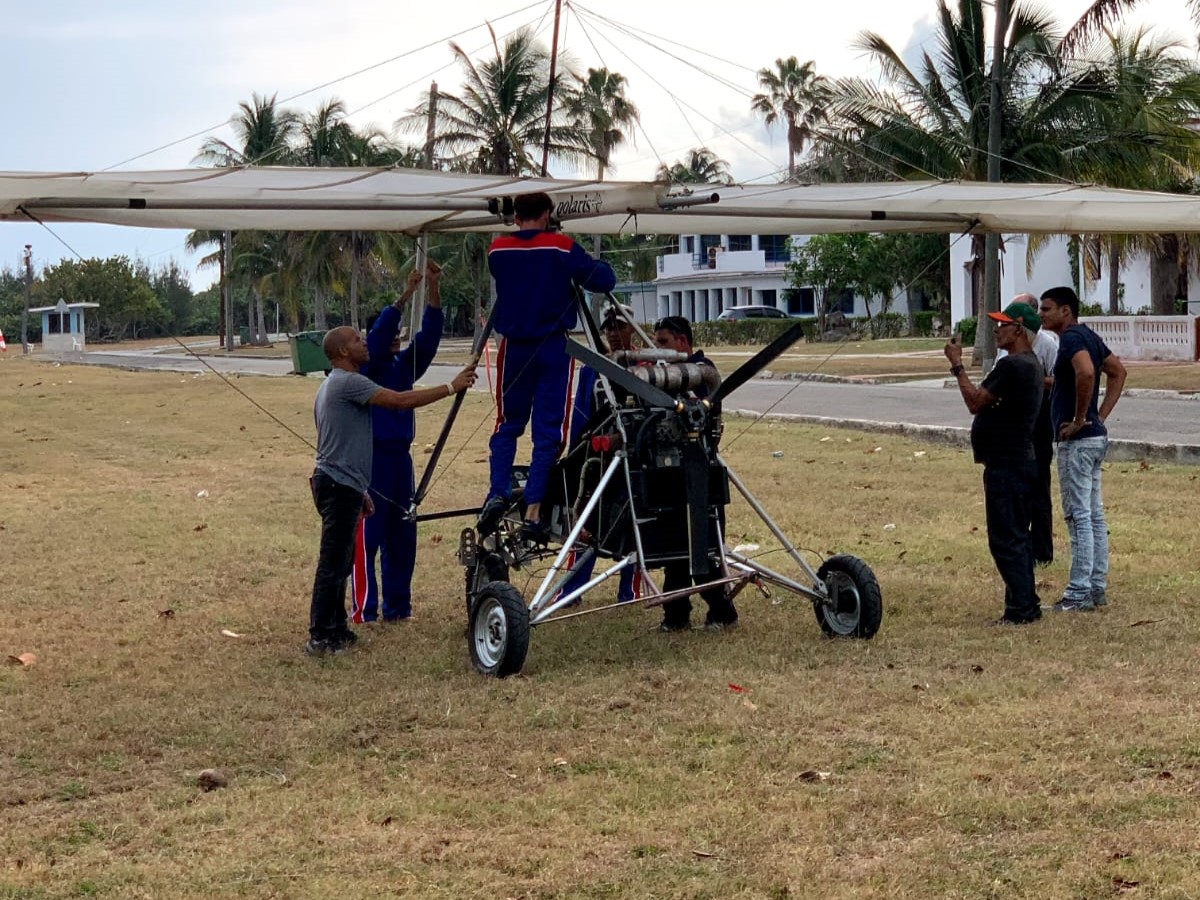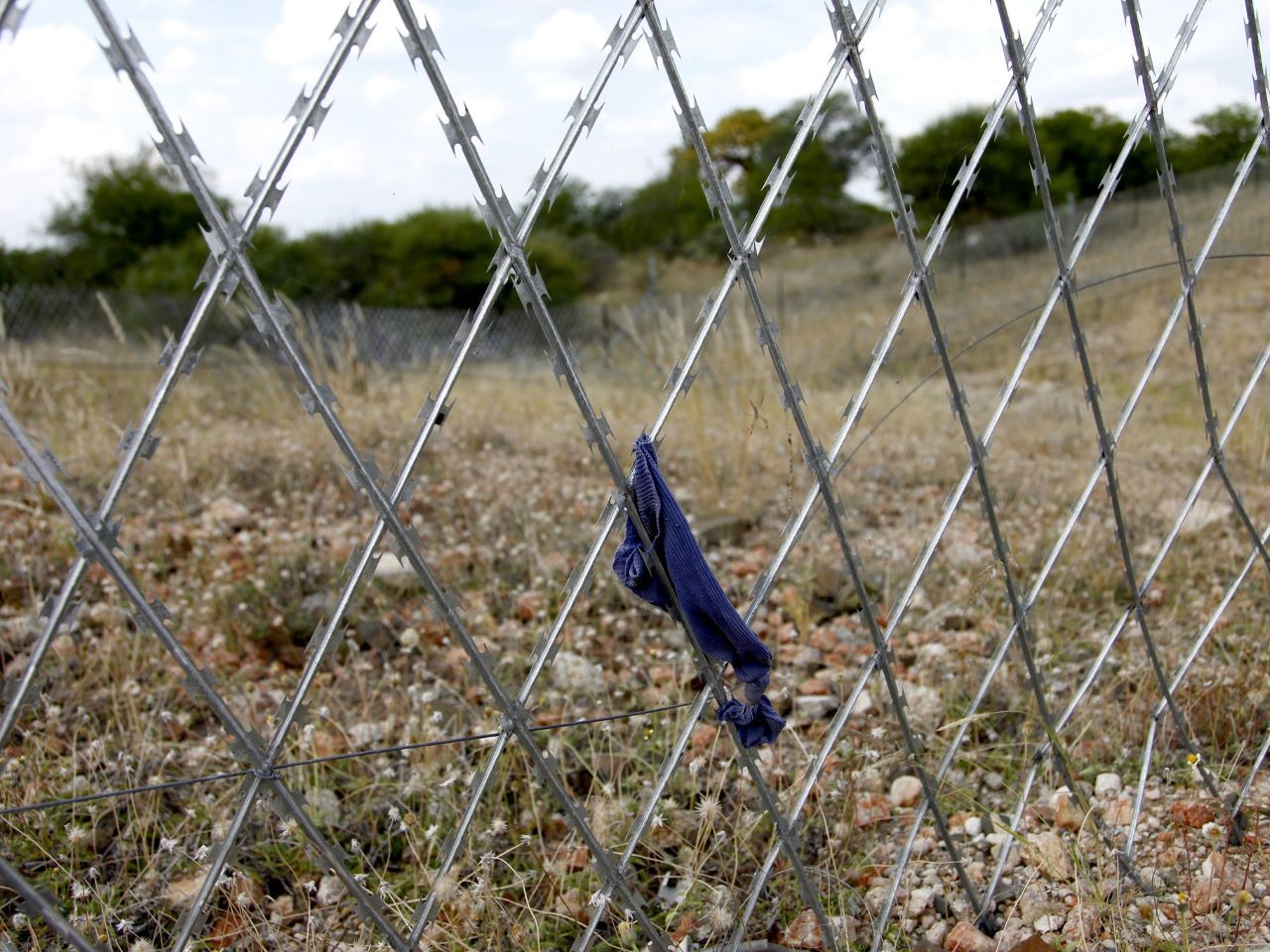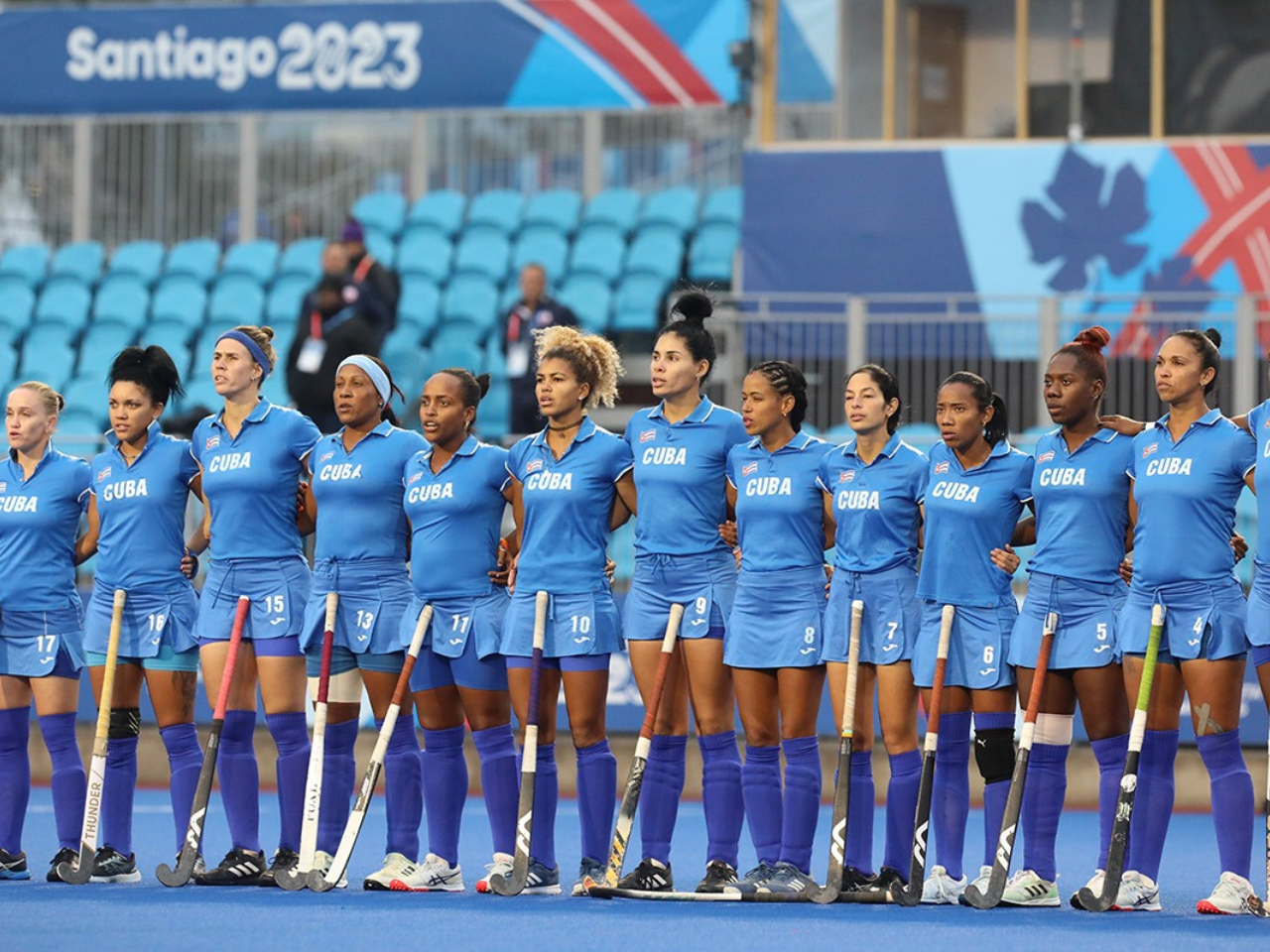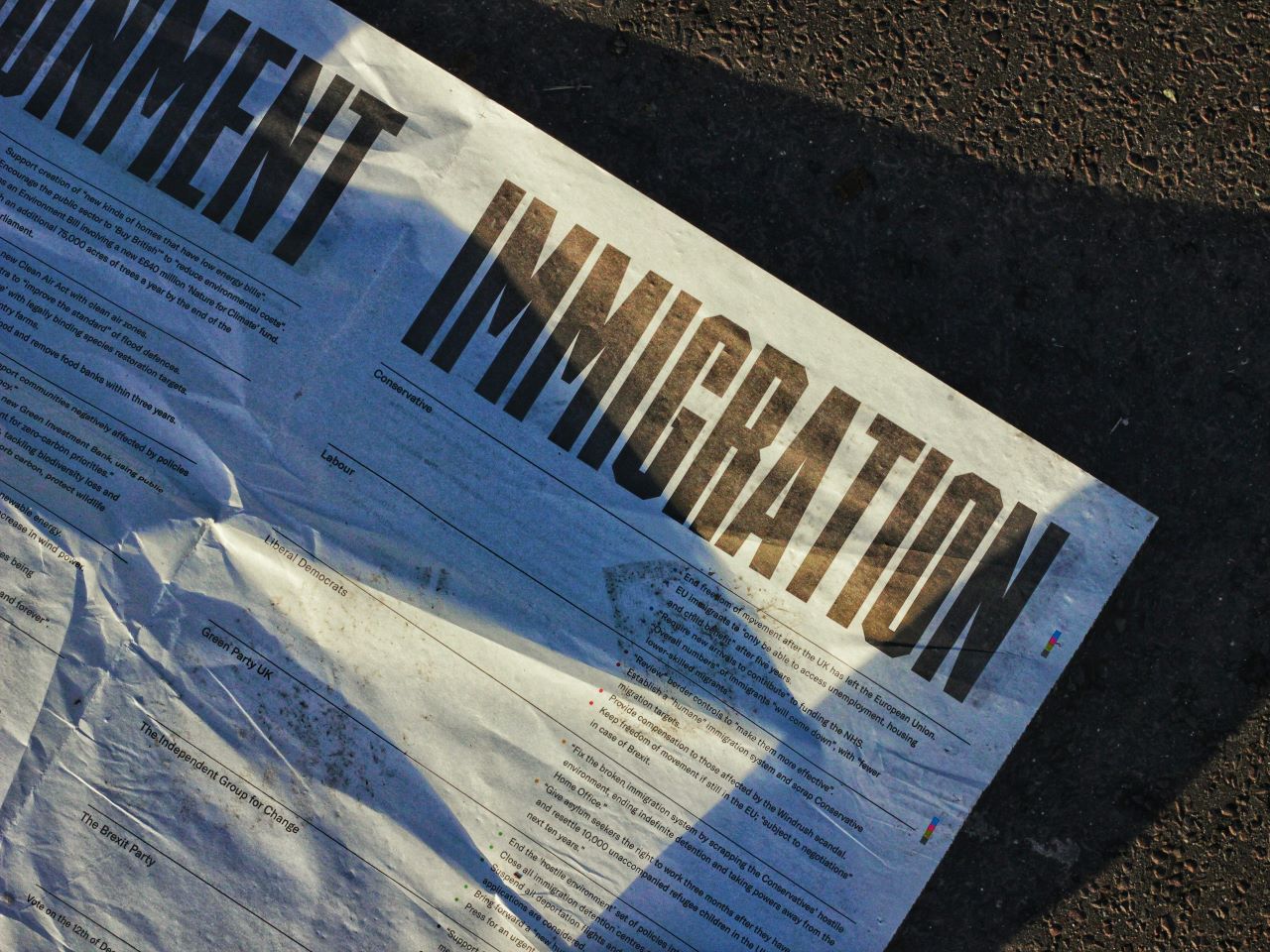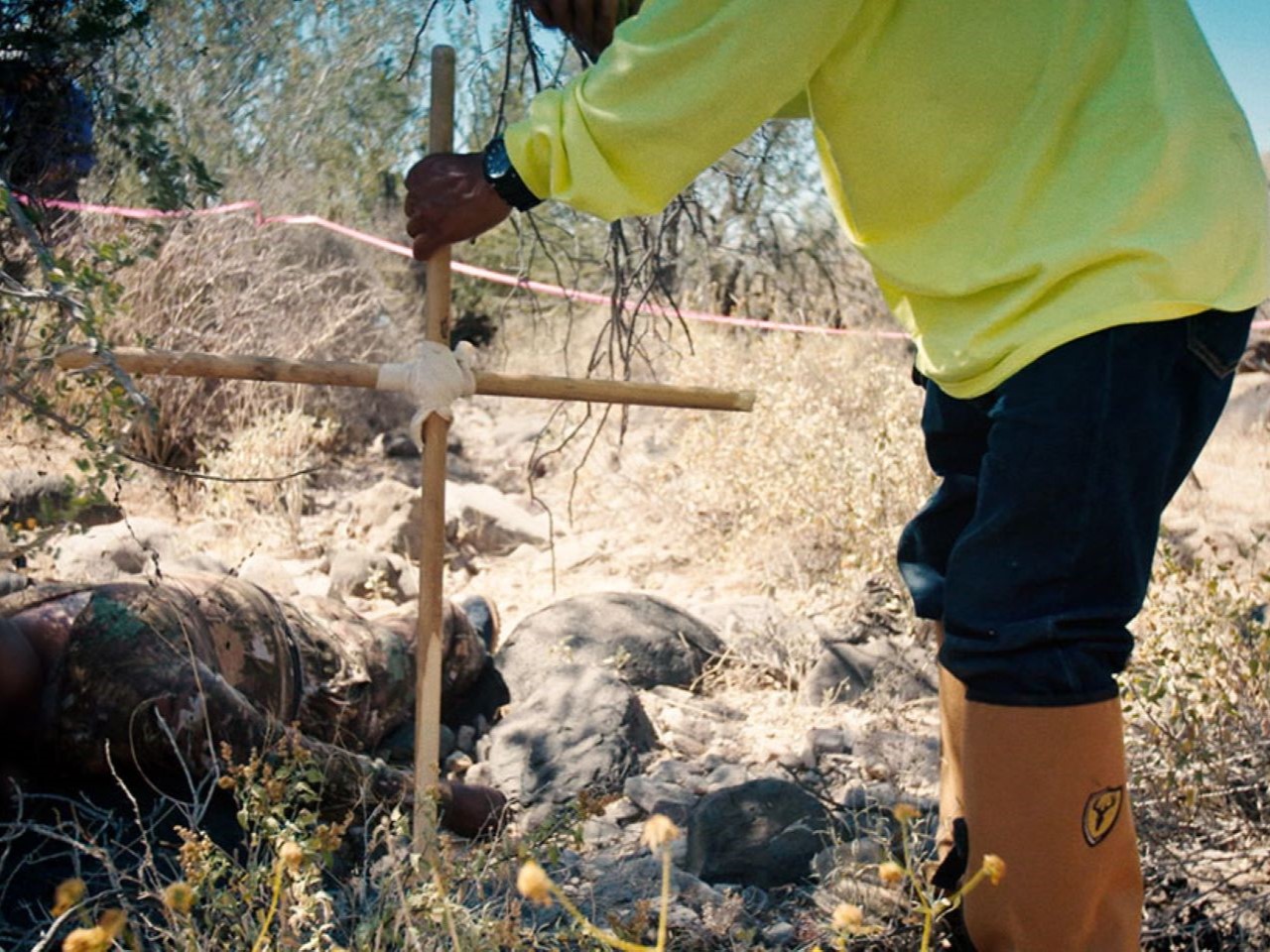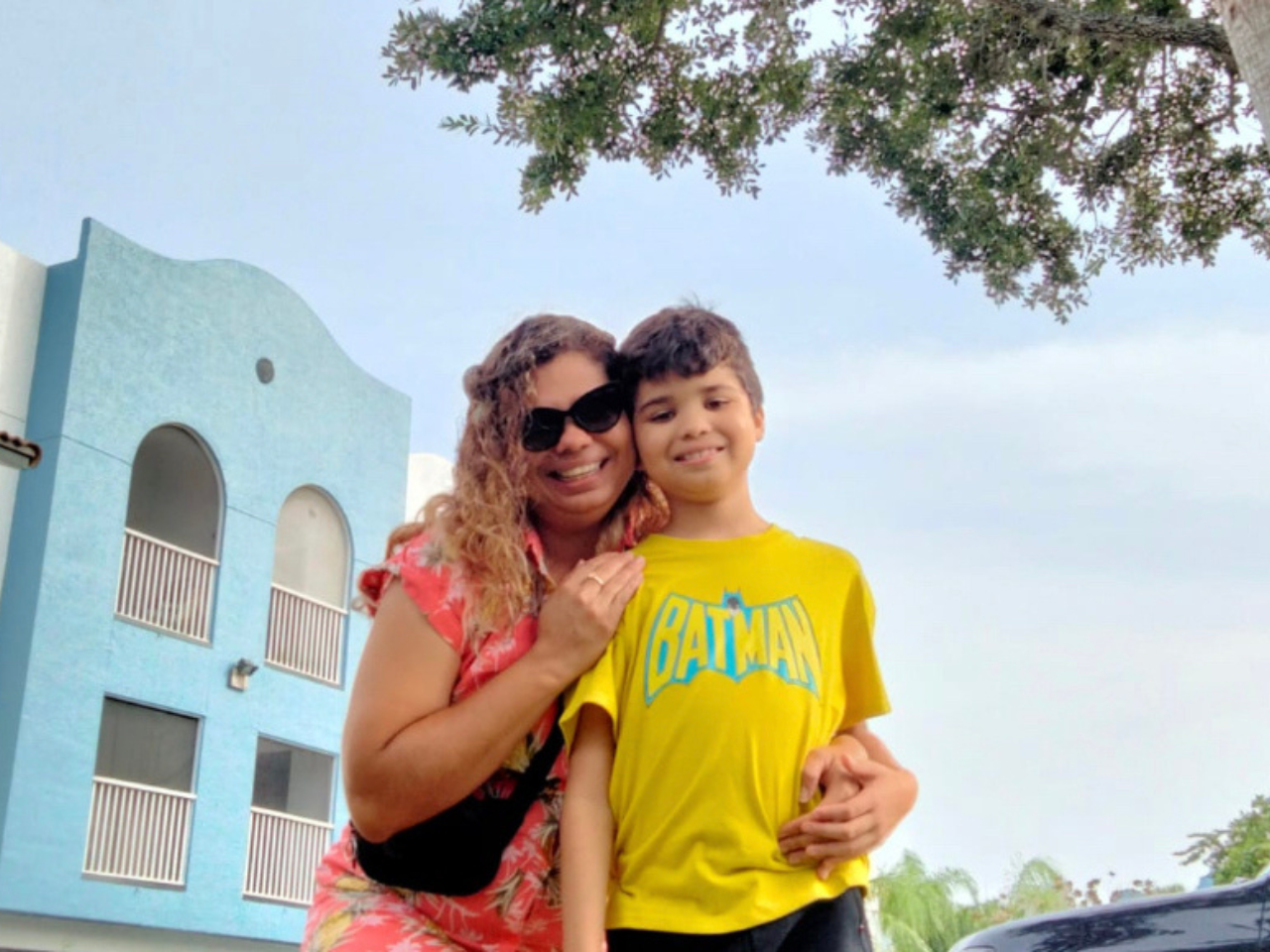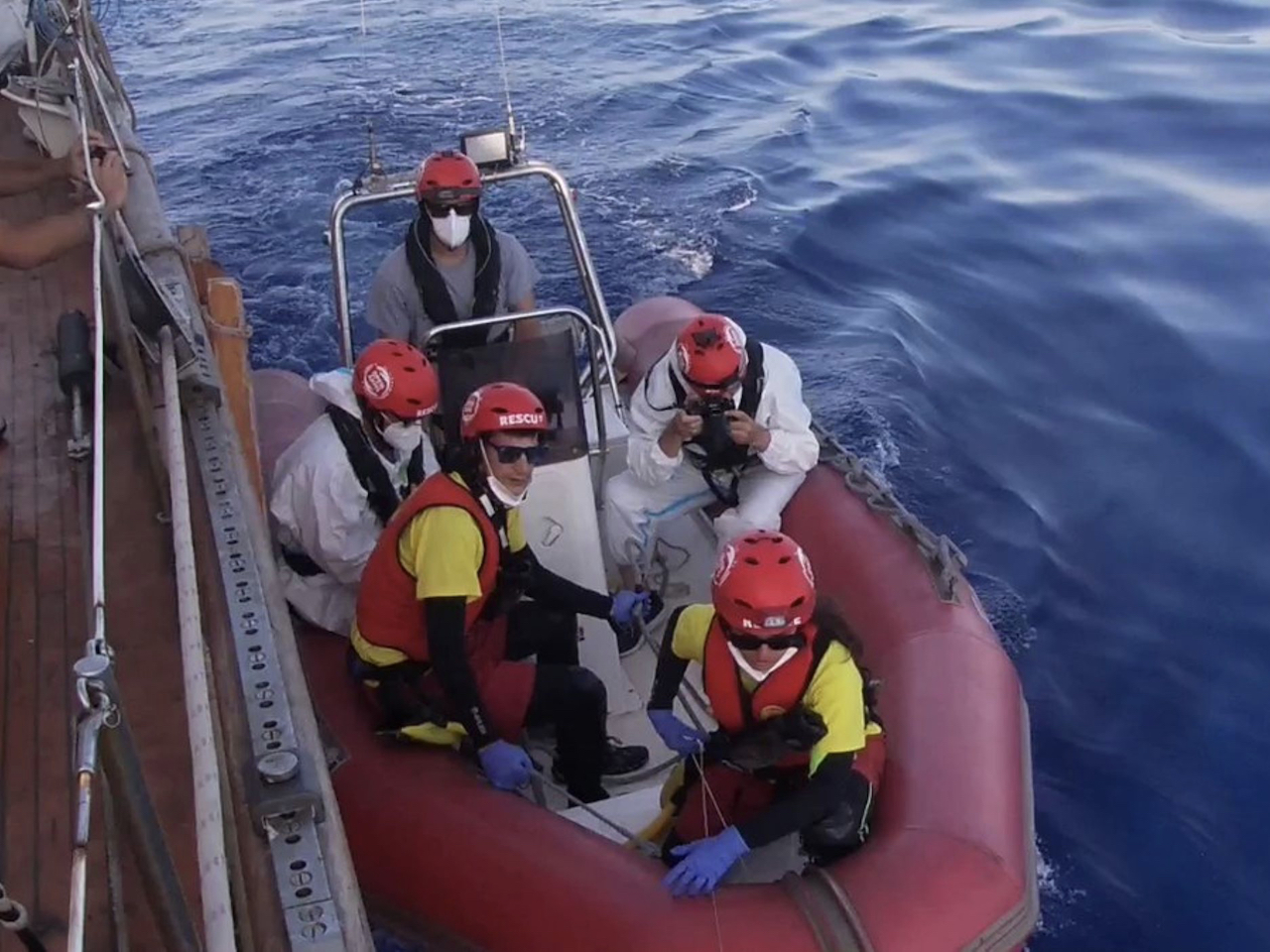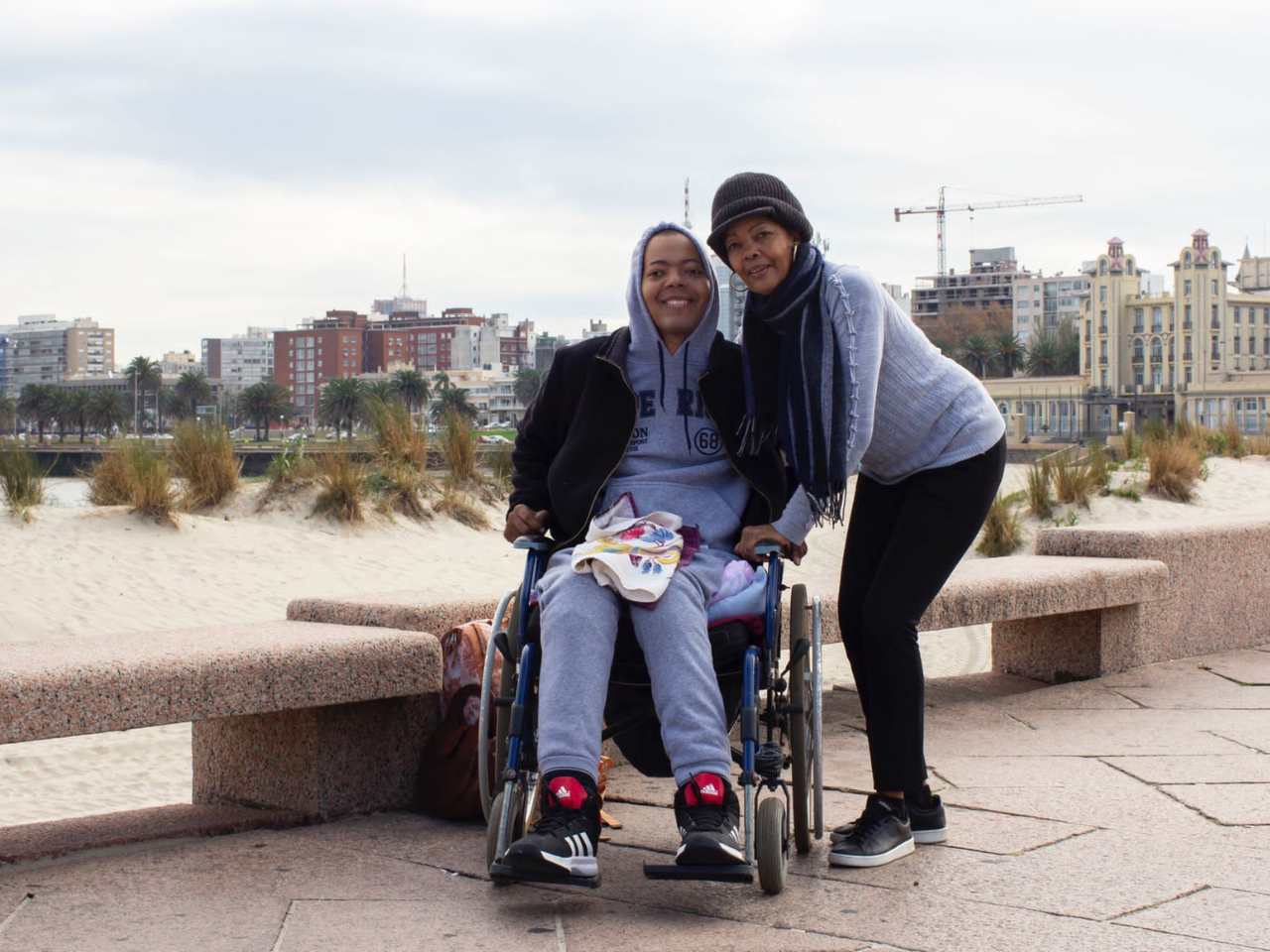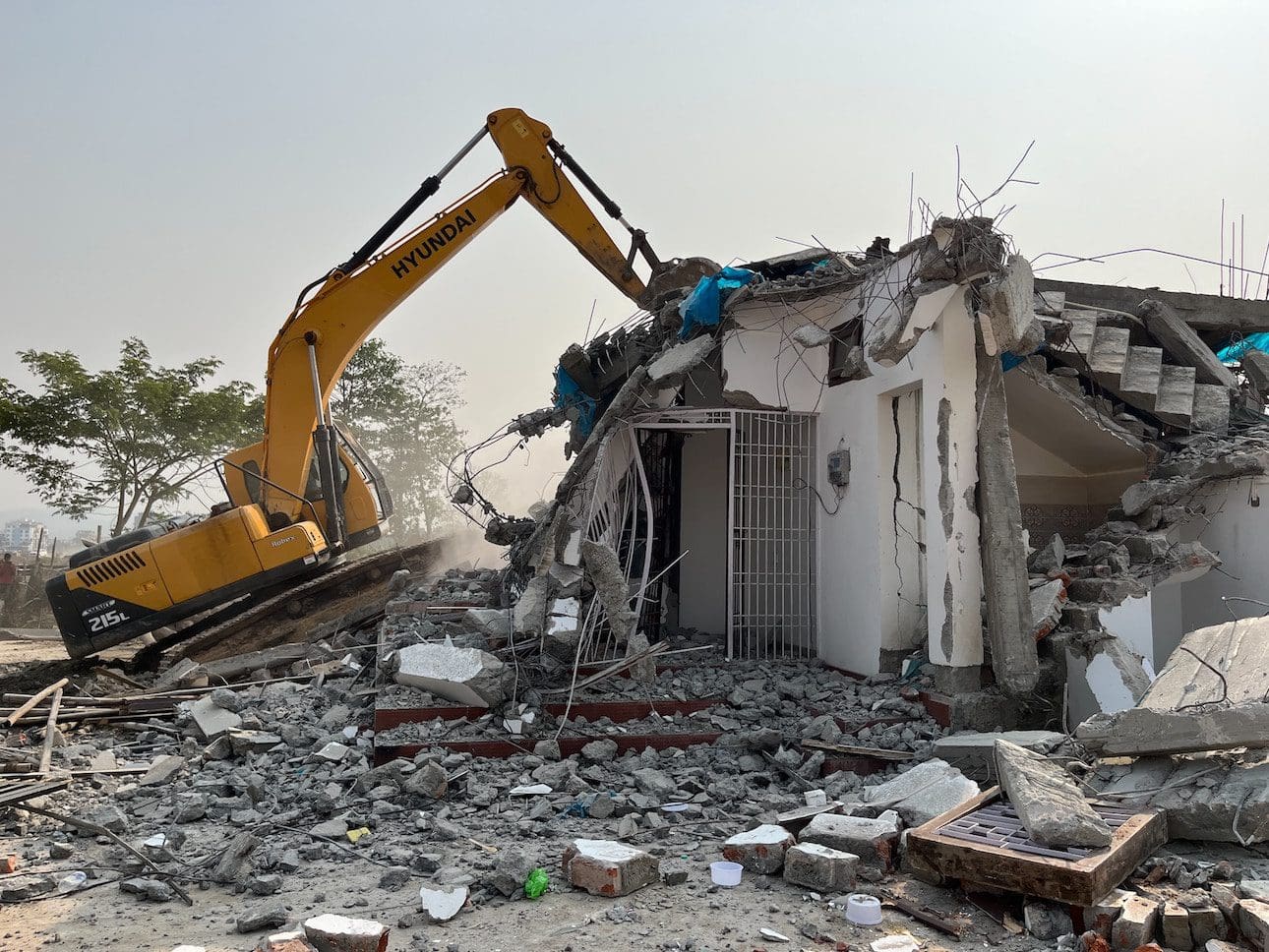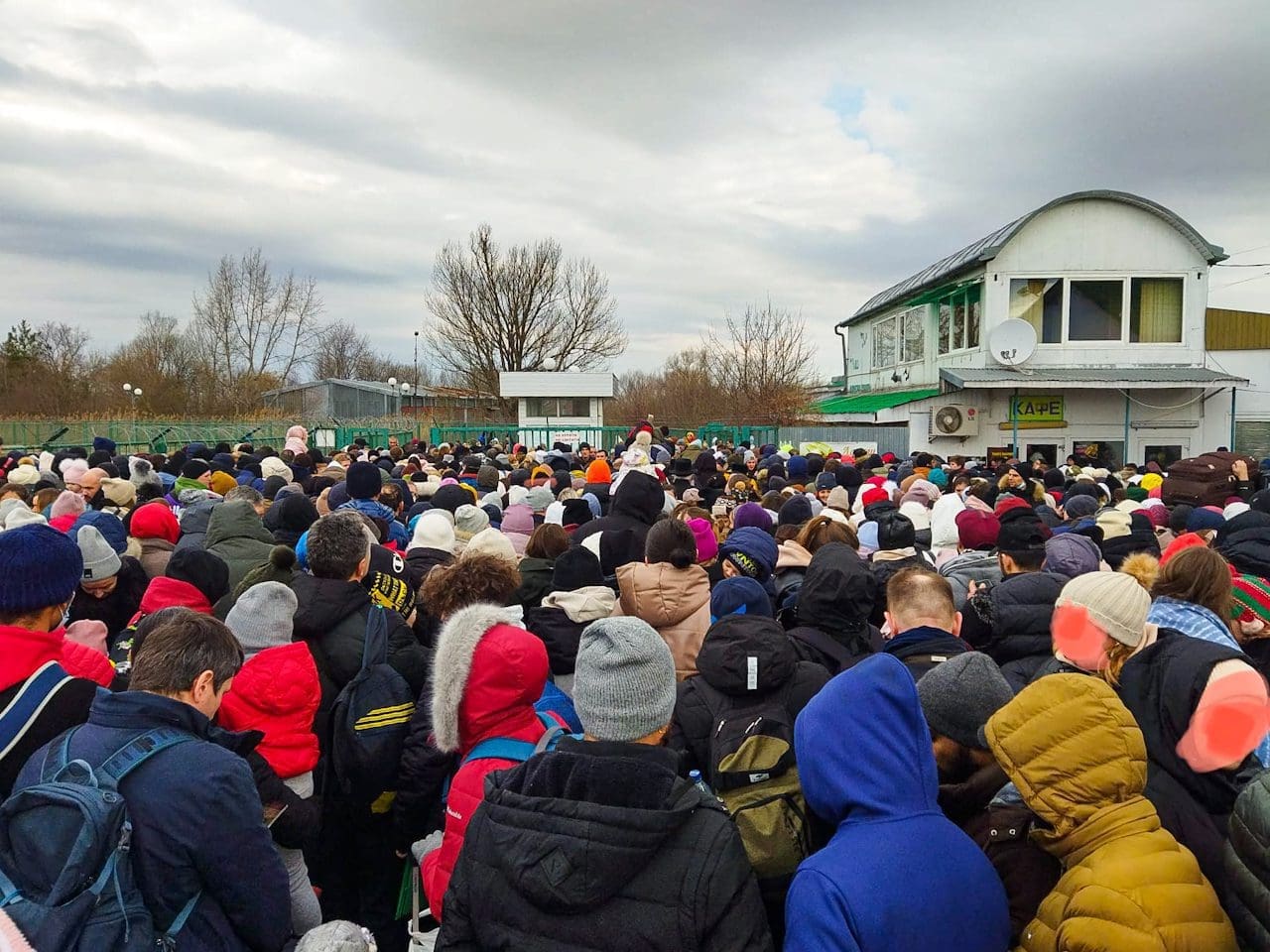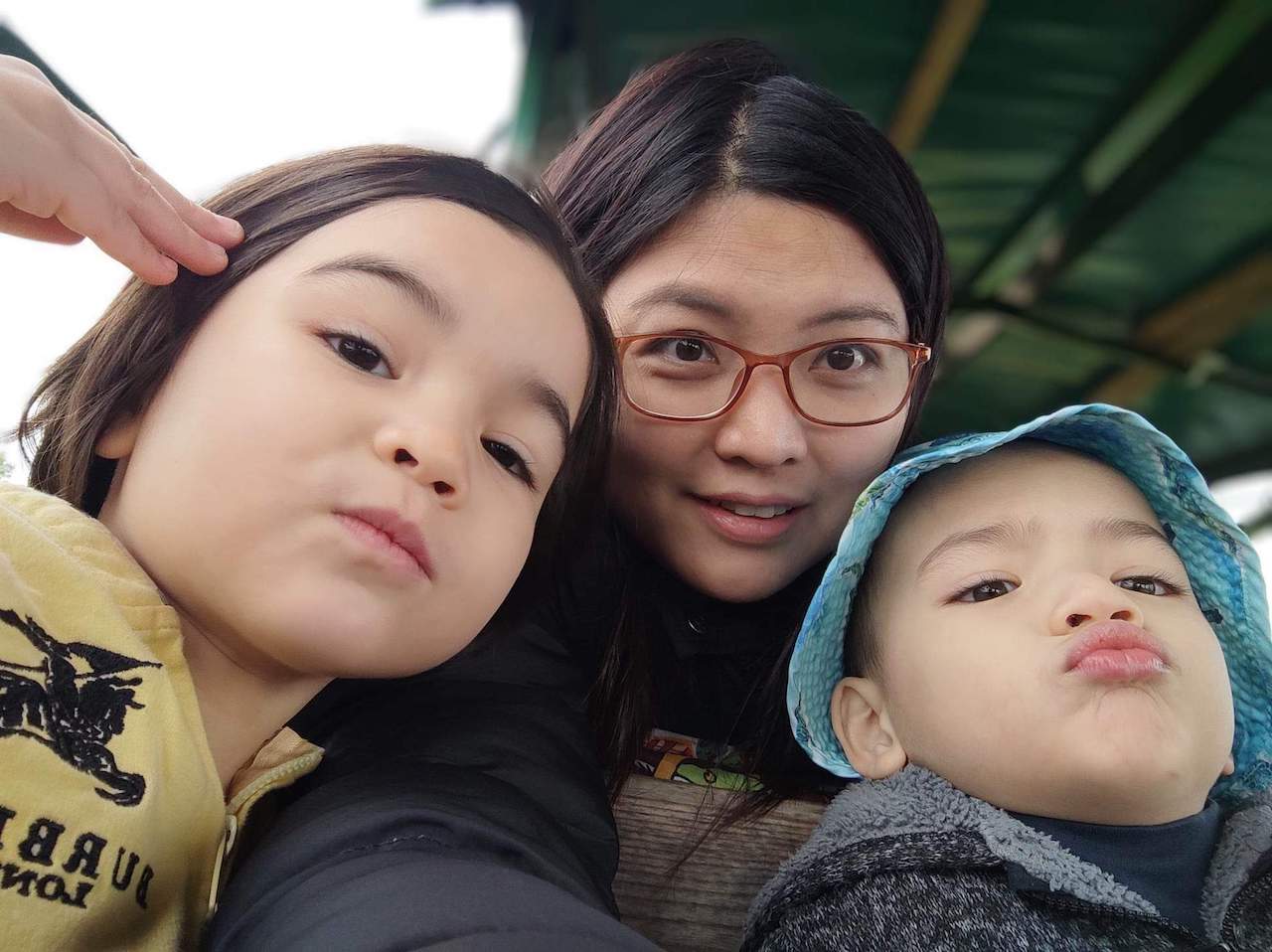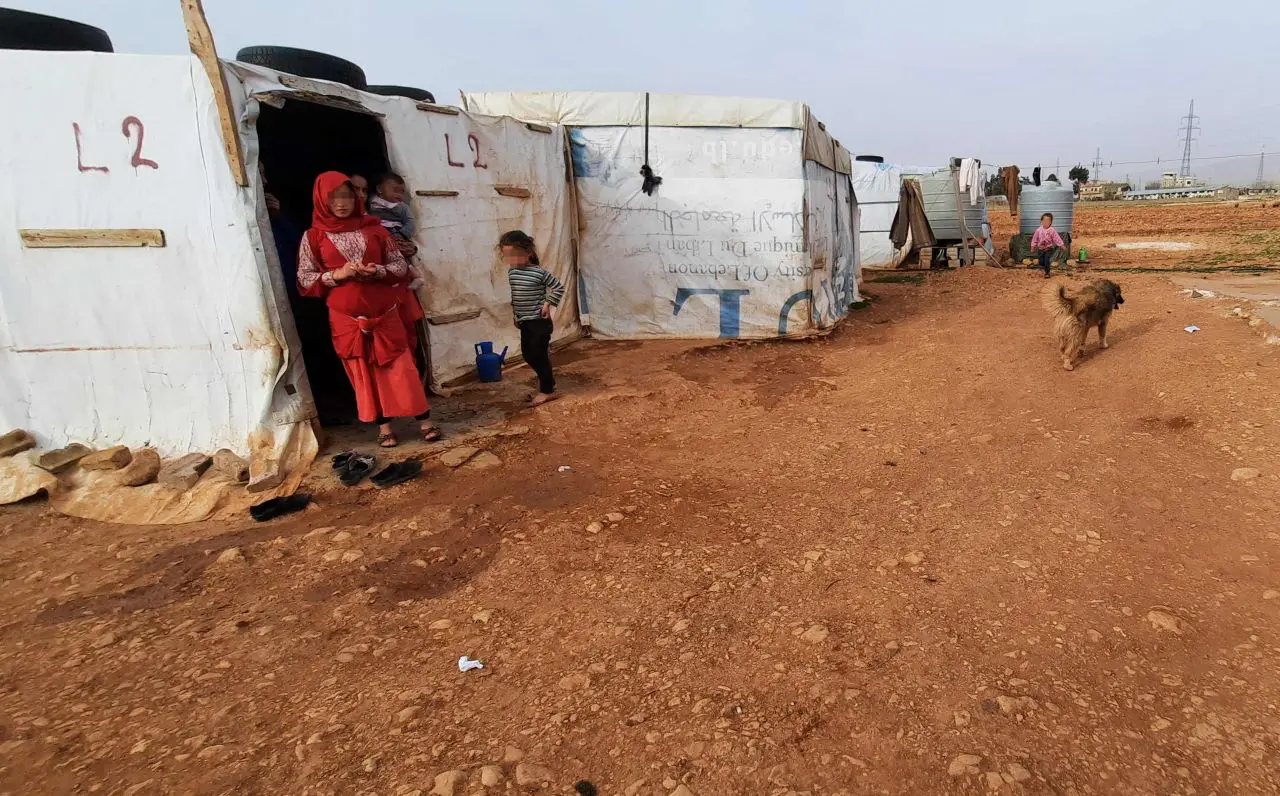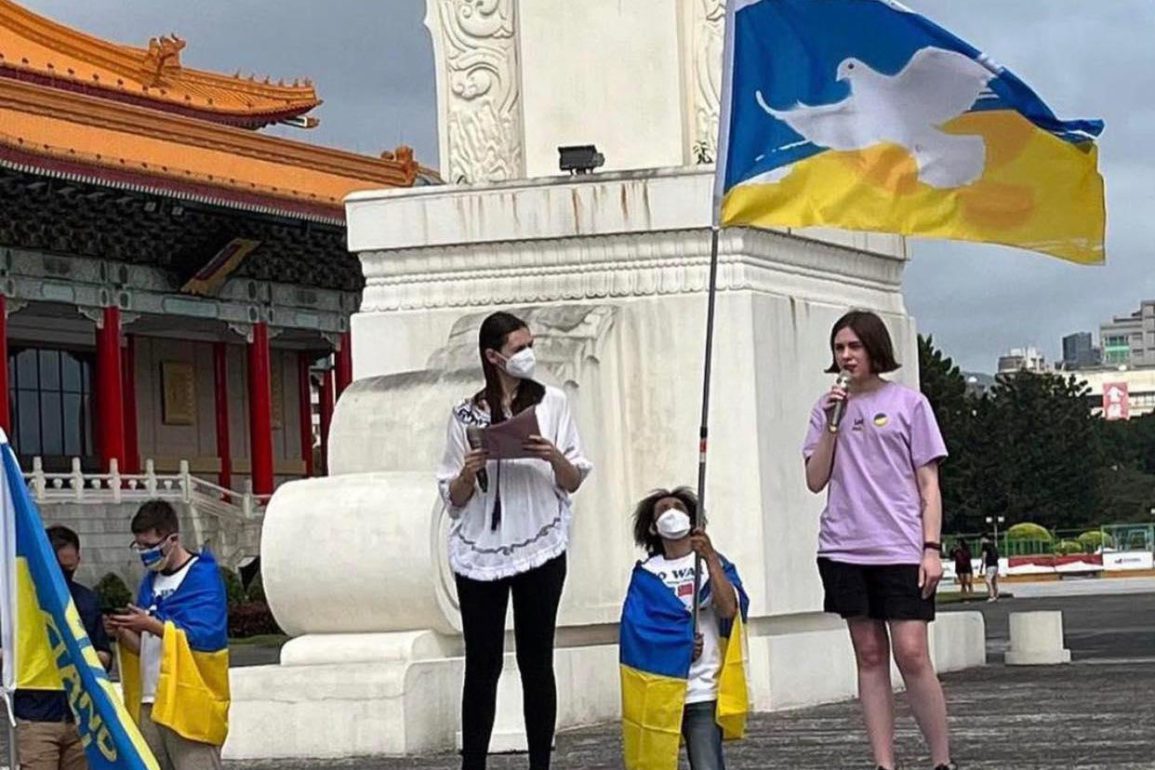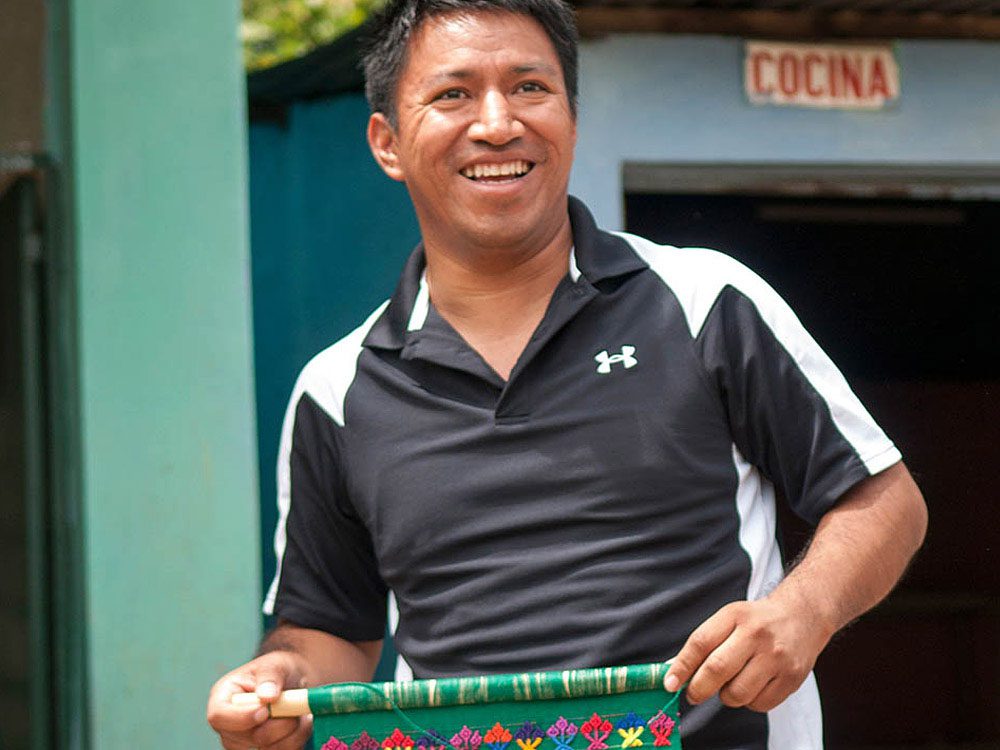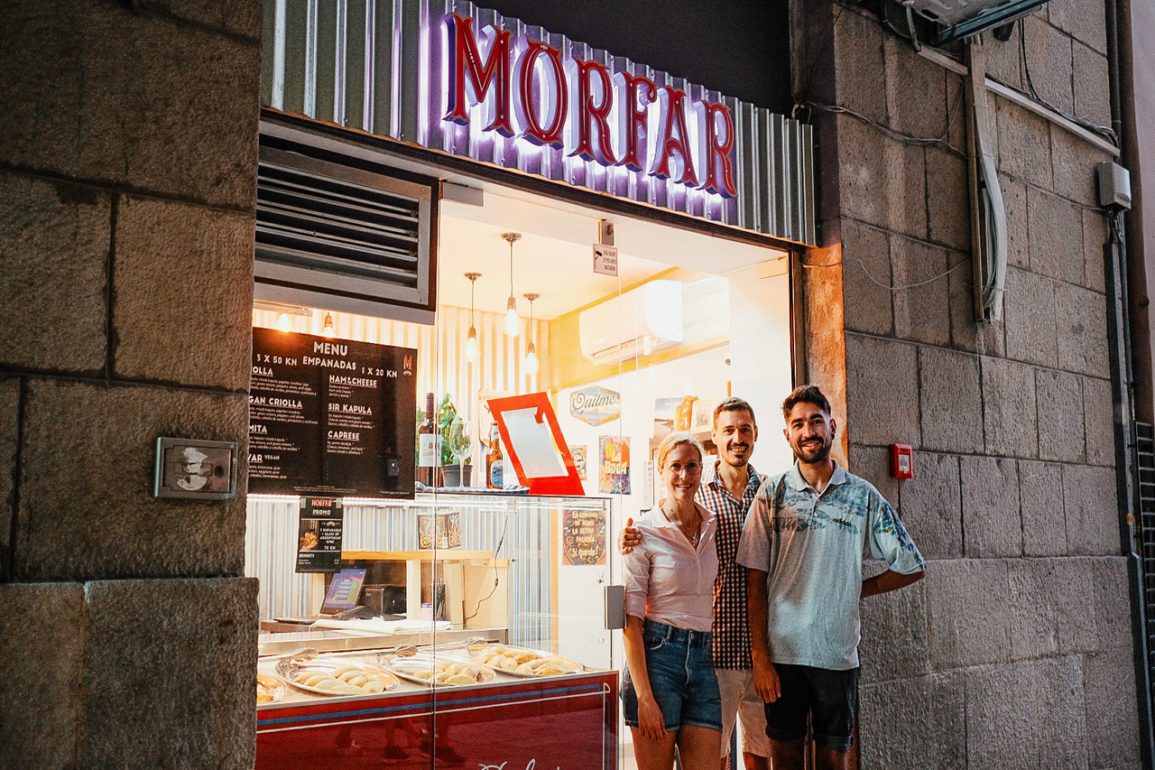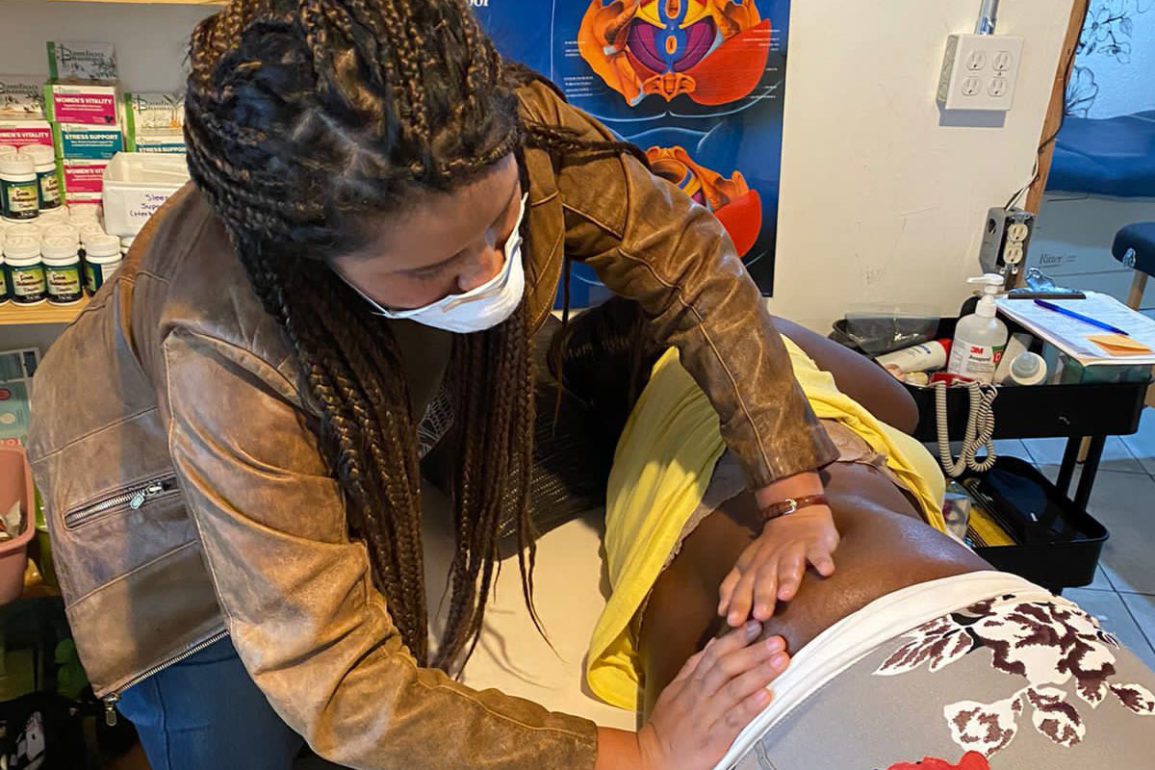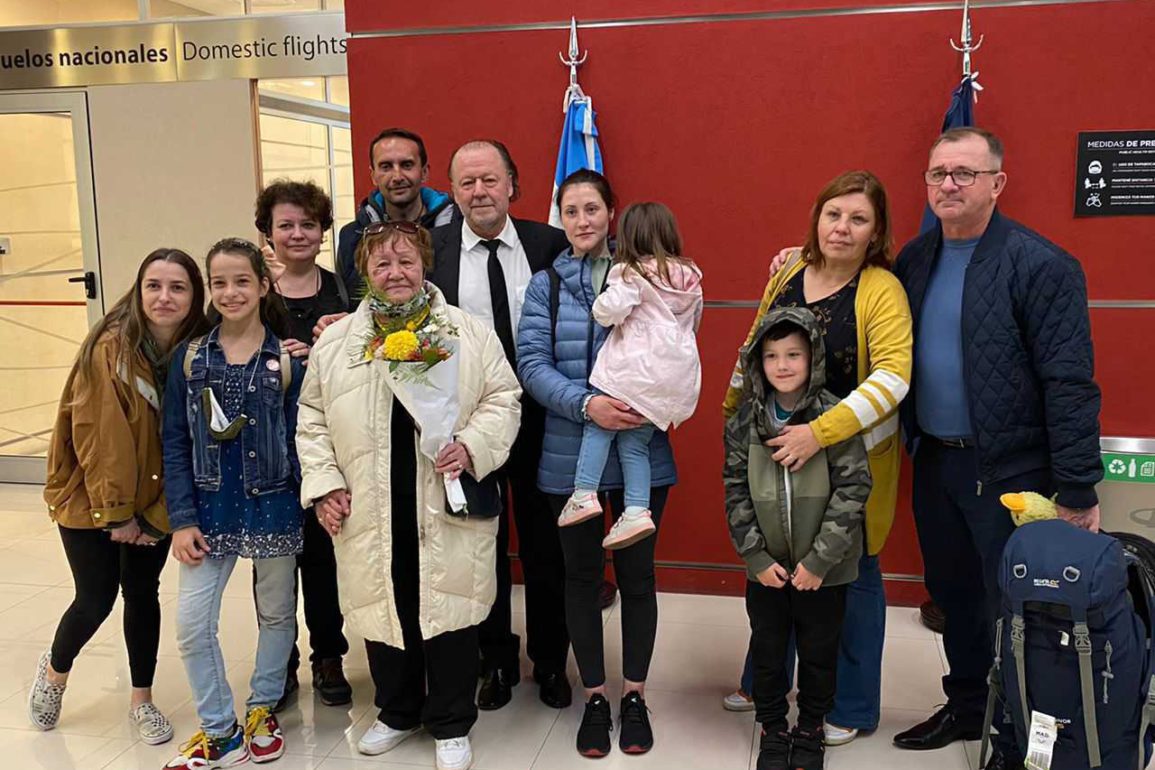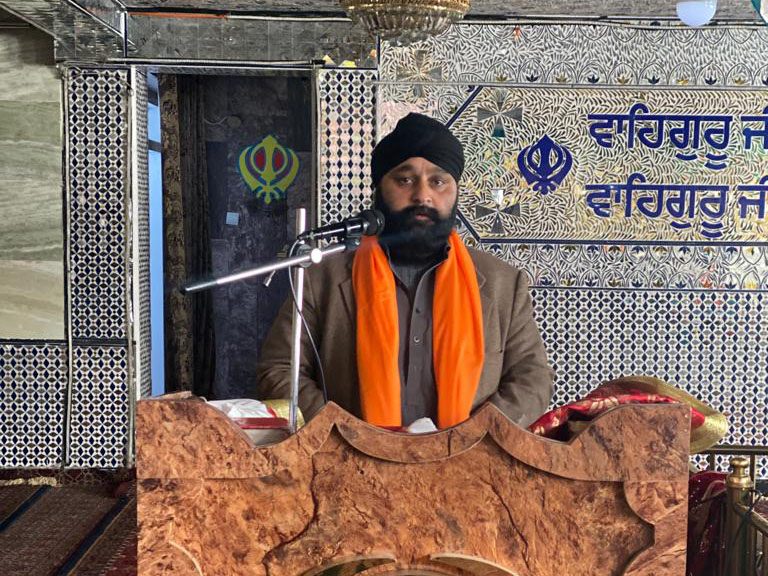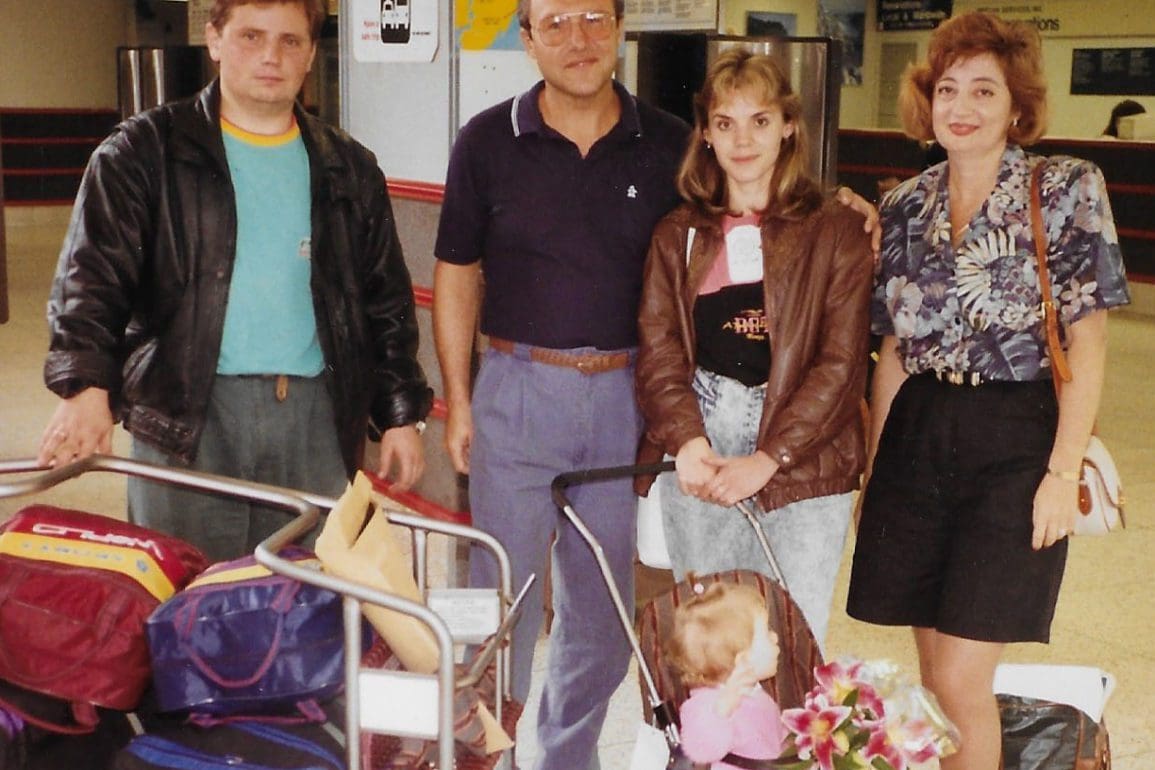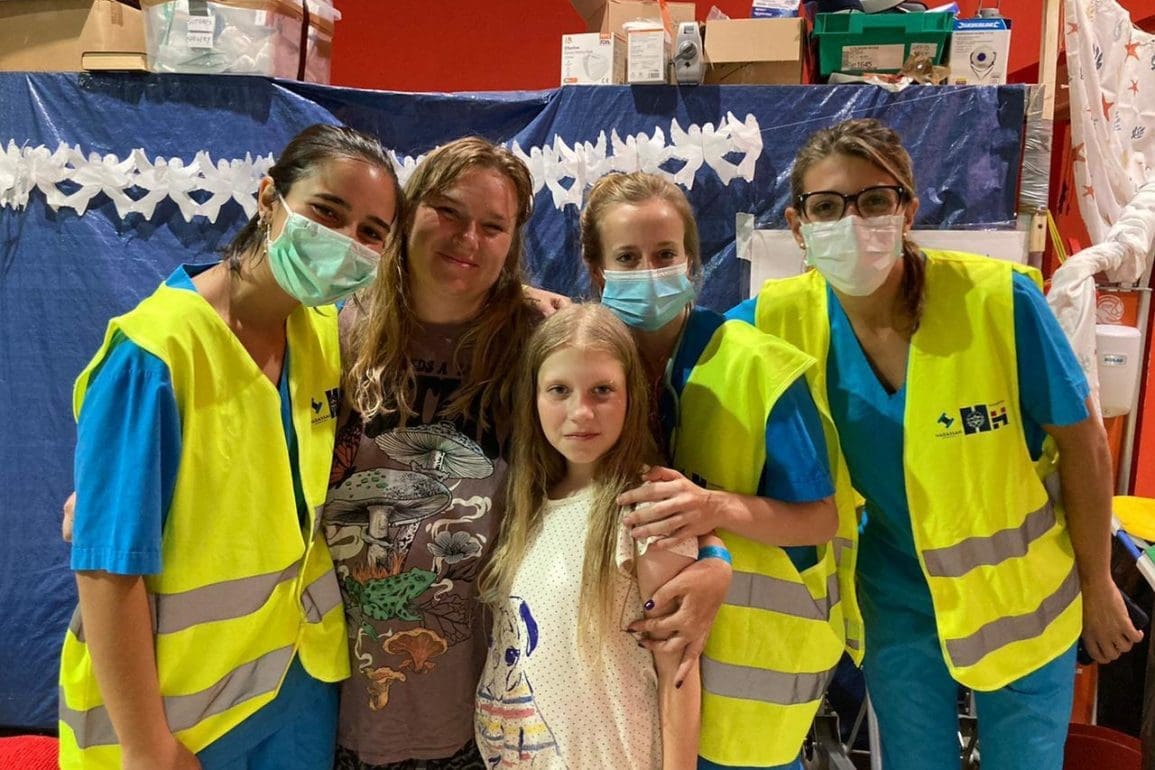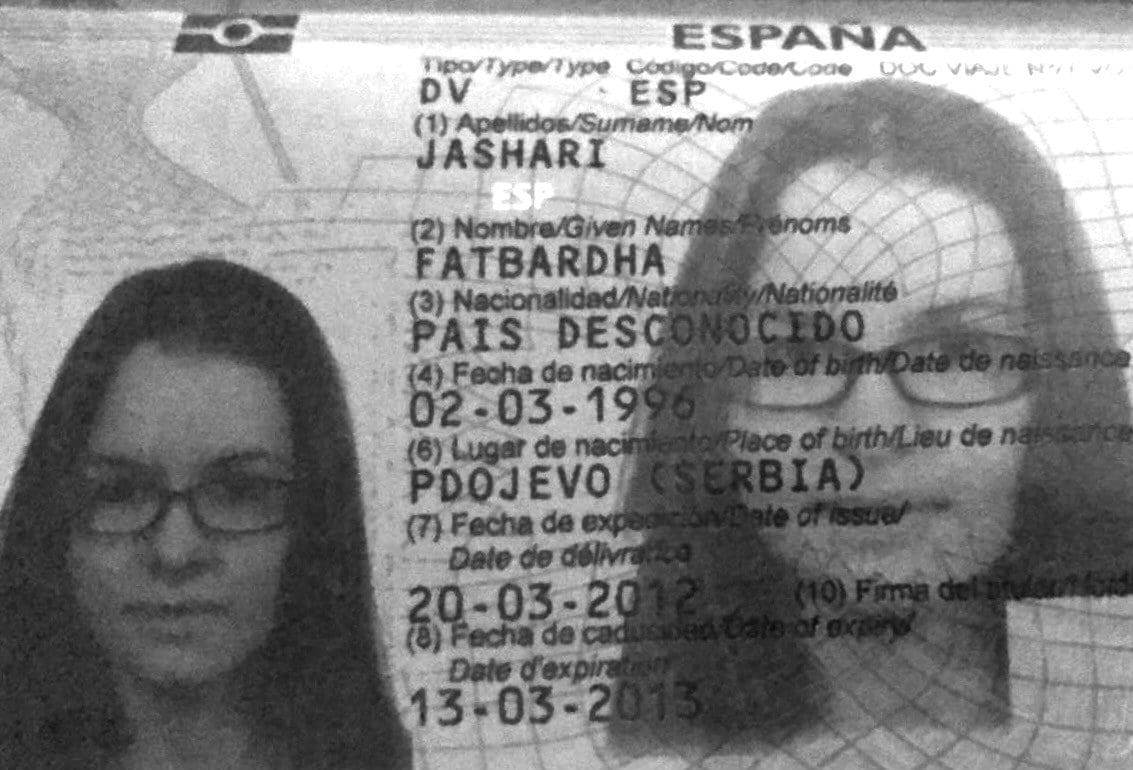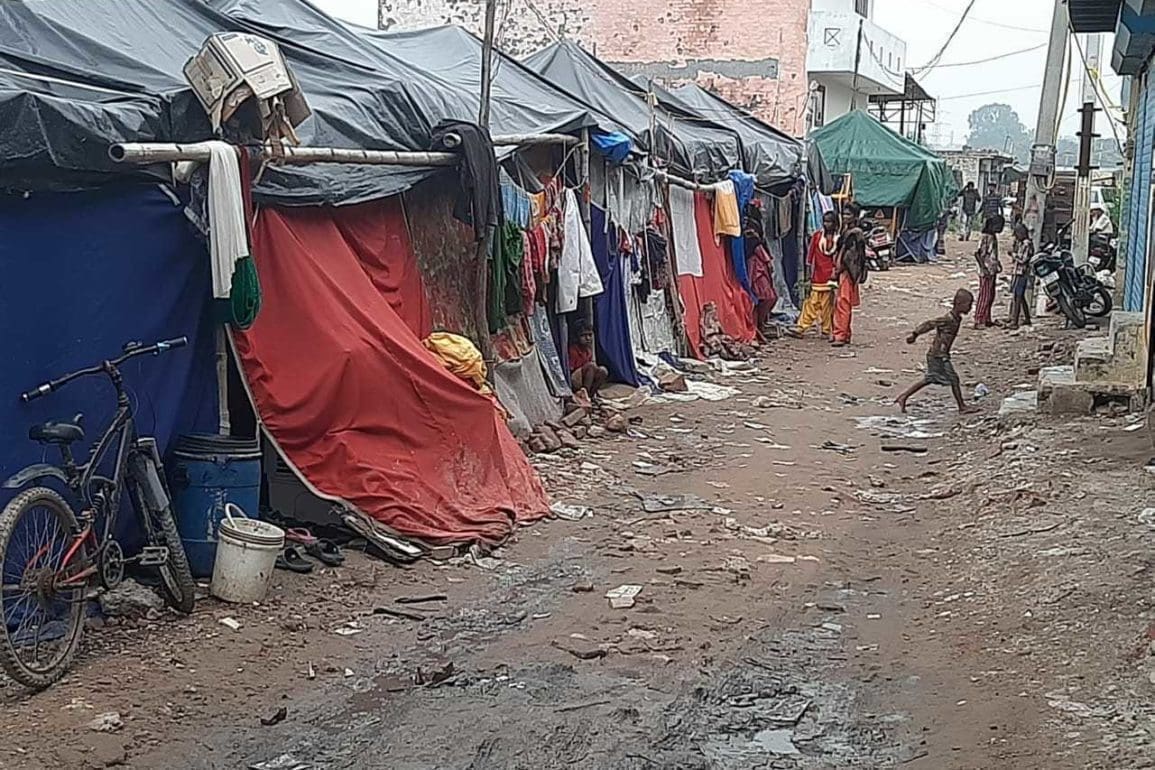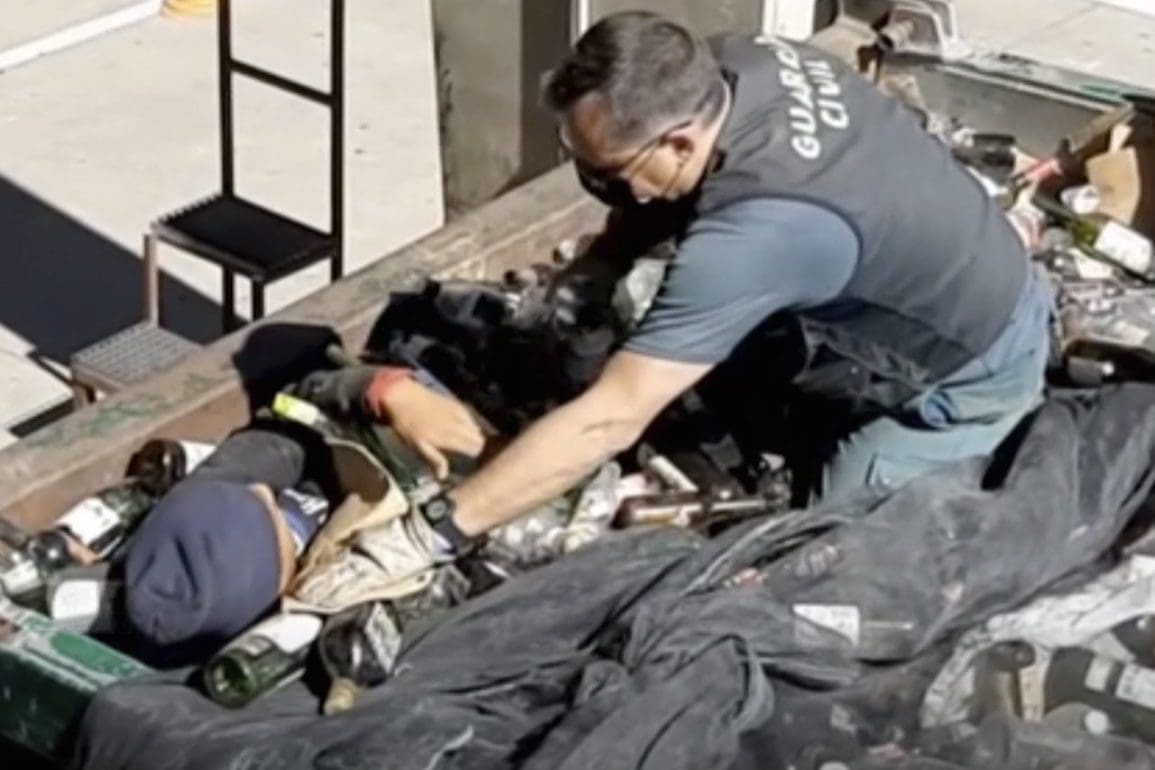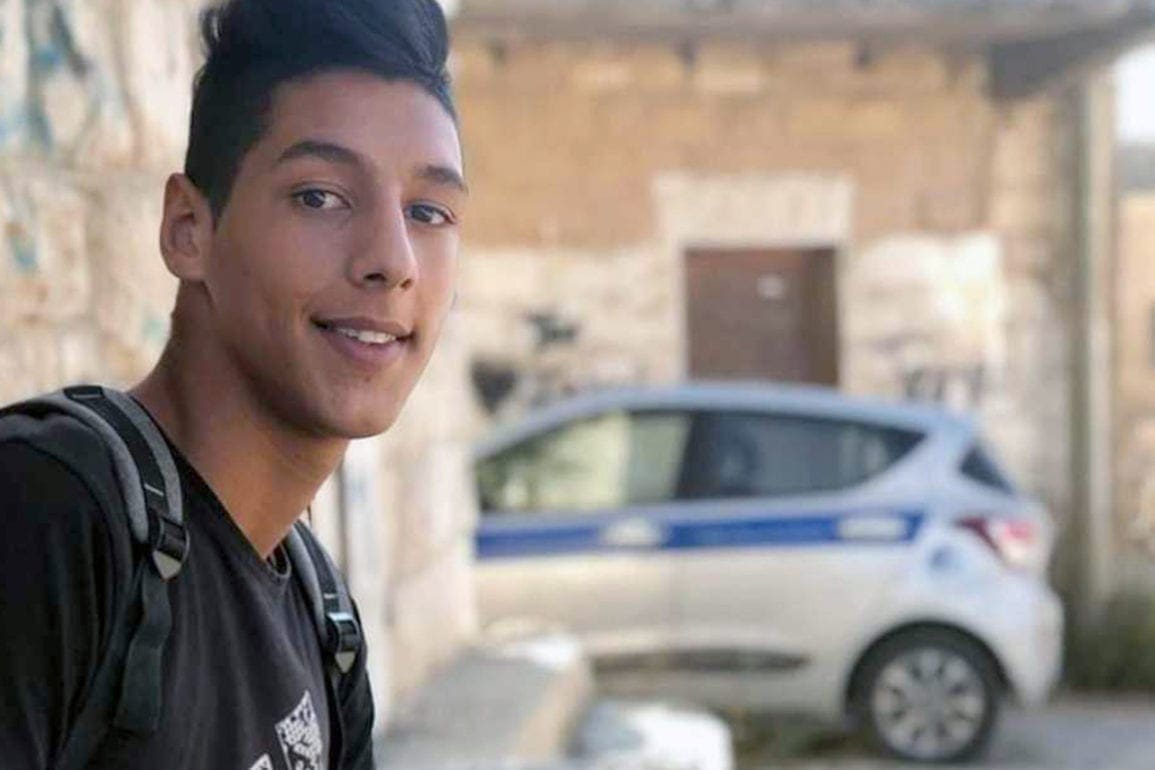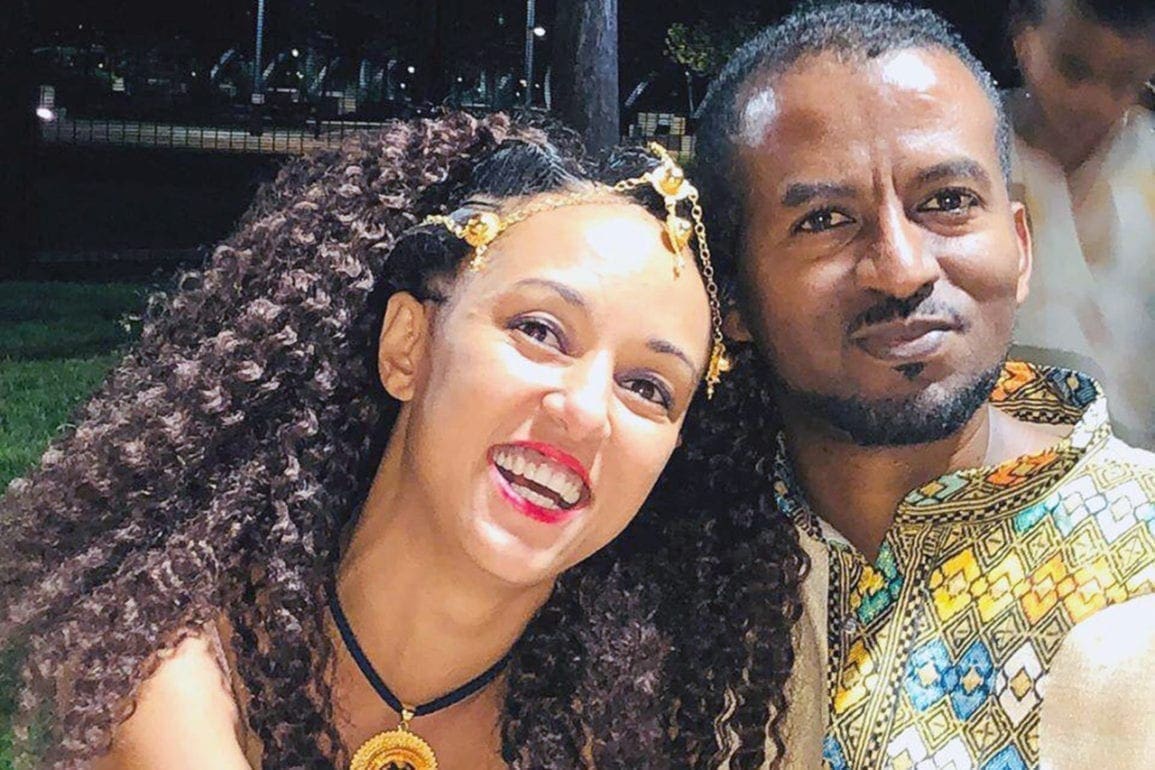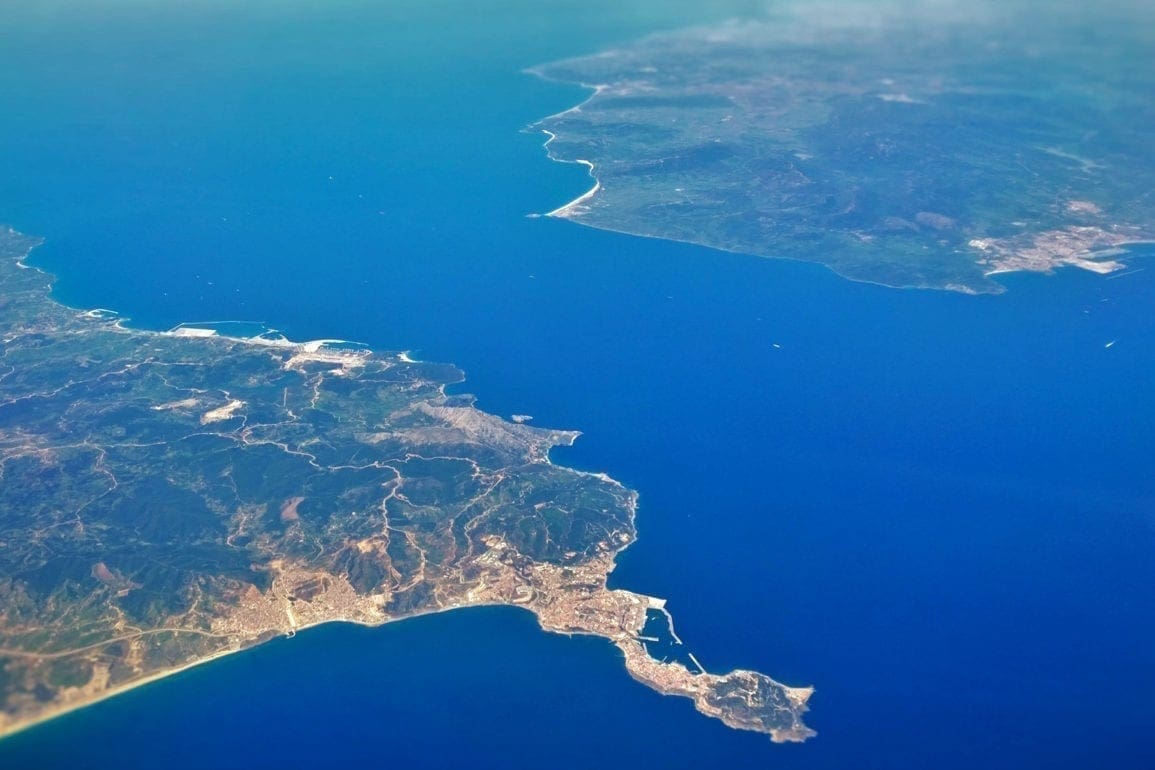How many migrant workers does it take to host the World Cup?
News reports from around the world began to reveal a disturbing trend last year in Qatar – the host country for the 2022 FIFA World Cup. In the last 10 years, since the announcement of the World Cup in Qatar, at least 6,500 migrant workers died there.
- 3 years ago
December 15, 2022
LUSAIL CITY, Qatar ꟷ News reports began to reveal a disturbing trend last year in Qatar – the host country for the 2022 FIFA World Cup. The Guardian reported in February 2021 that in the last 10 years, since the announcement of the World Cup in Qatar, at least 6,500 migrant workers died there.
While reports did not categorize those deaths by their work location, it is presumed many occurred during stadium construction. Known deaths affected migrant workers from India, Pakistan, Nepal, Bangladesh, and Sri Lanka. The full scope of the problem remains unclear.
Read more stories from the 2022 FIFA World Cup at Orato World Media.
This illustration calls attention to the bloodshed and humanitarian crisis of bringing the World Cup trophy to Qatar. While champions tout the newly constructed Lusail Stadium as an exquisite cultural and architectural masterpiece, many dreams died in its construction.
Building the stadium cost over $200 billion. According to an article published by the Pulitzer Center, three years after construction of the stadium began, estimates predicted some 4,000 deaths of migrant workers due to exploitive labor practices. It also cited furnace-like temperatures causing dangerous working conditions.
Blood, countless lives, and petroleum pollution stain the 2022 World Cup trophy. It was the construction workers, not the athletes, carrying the heaviest burden to make the 2022 tournament possible.
Illustration by Monica Anduray Miguel.

